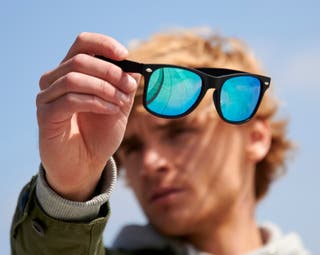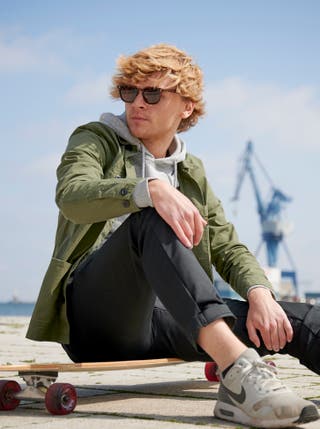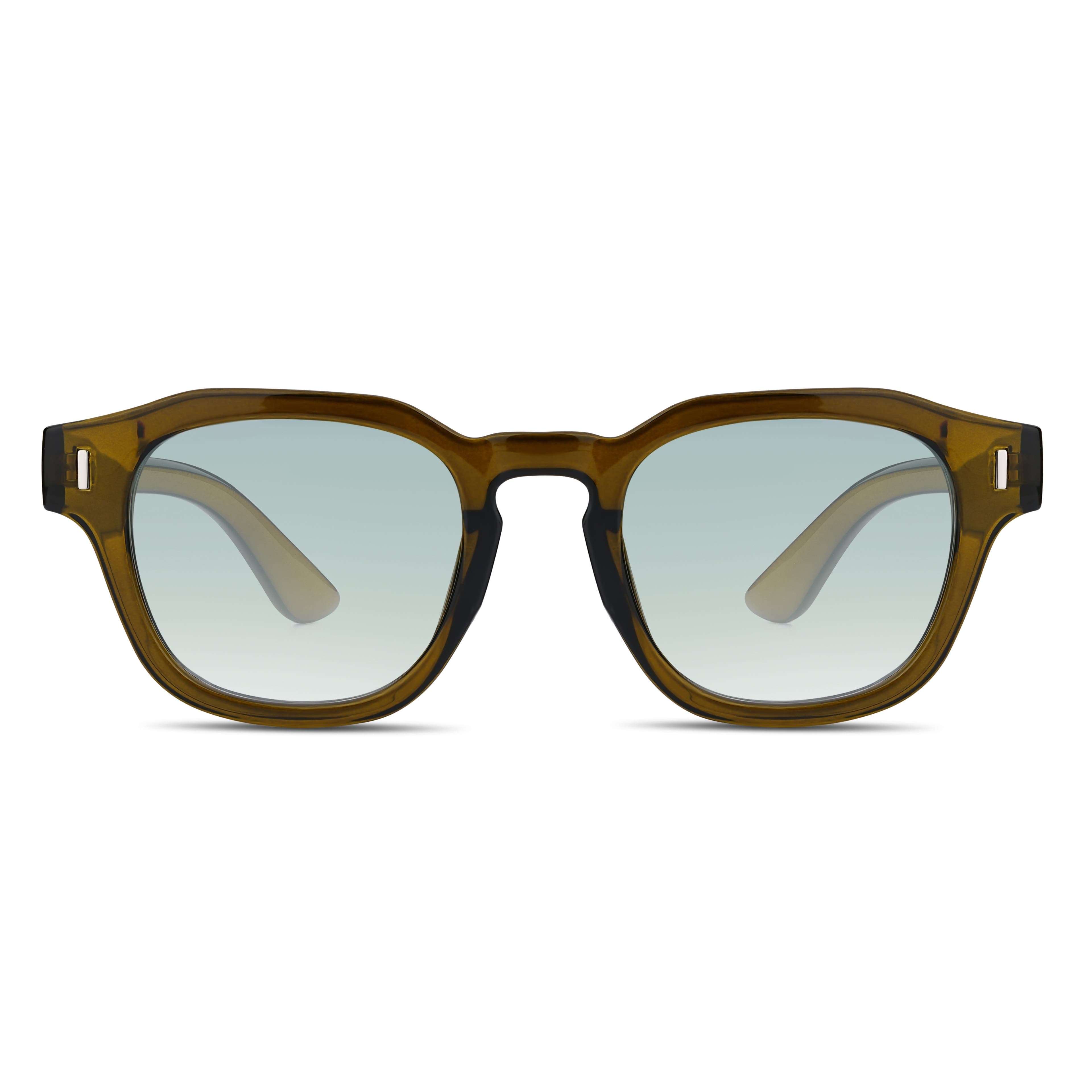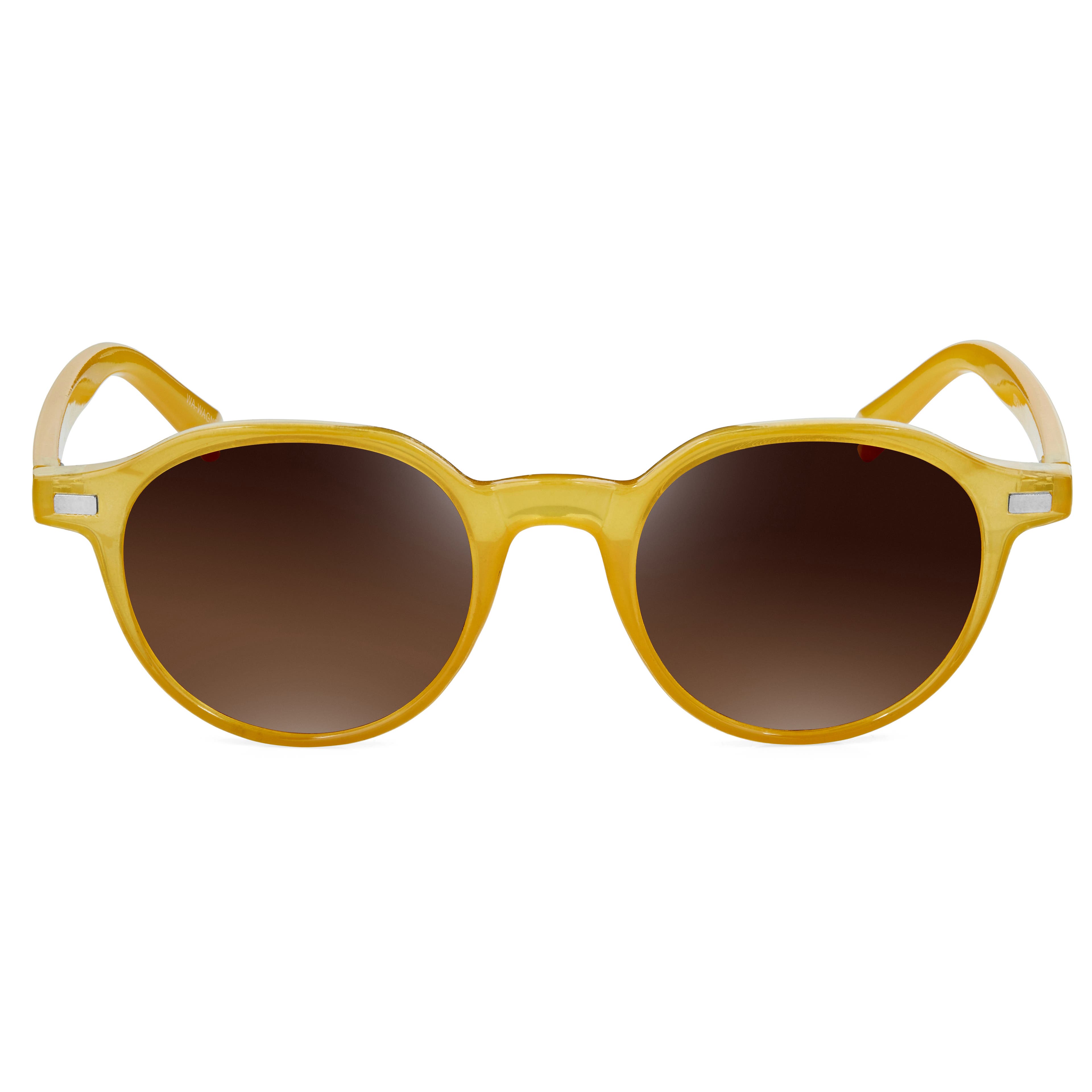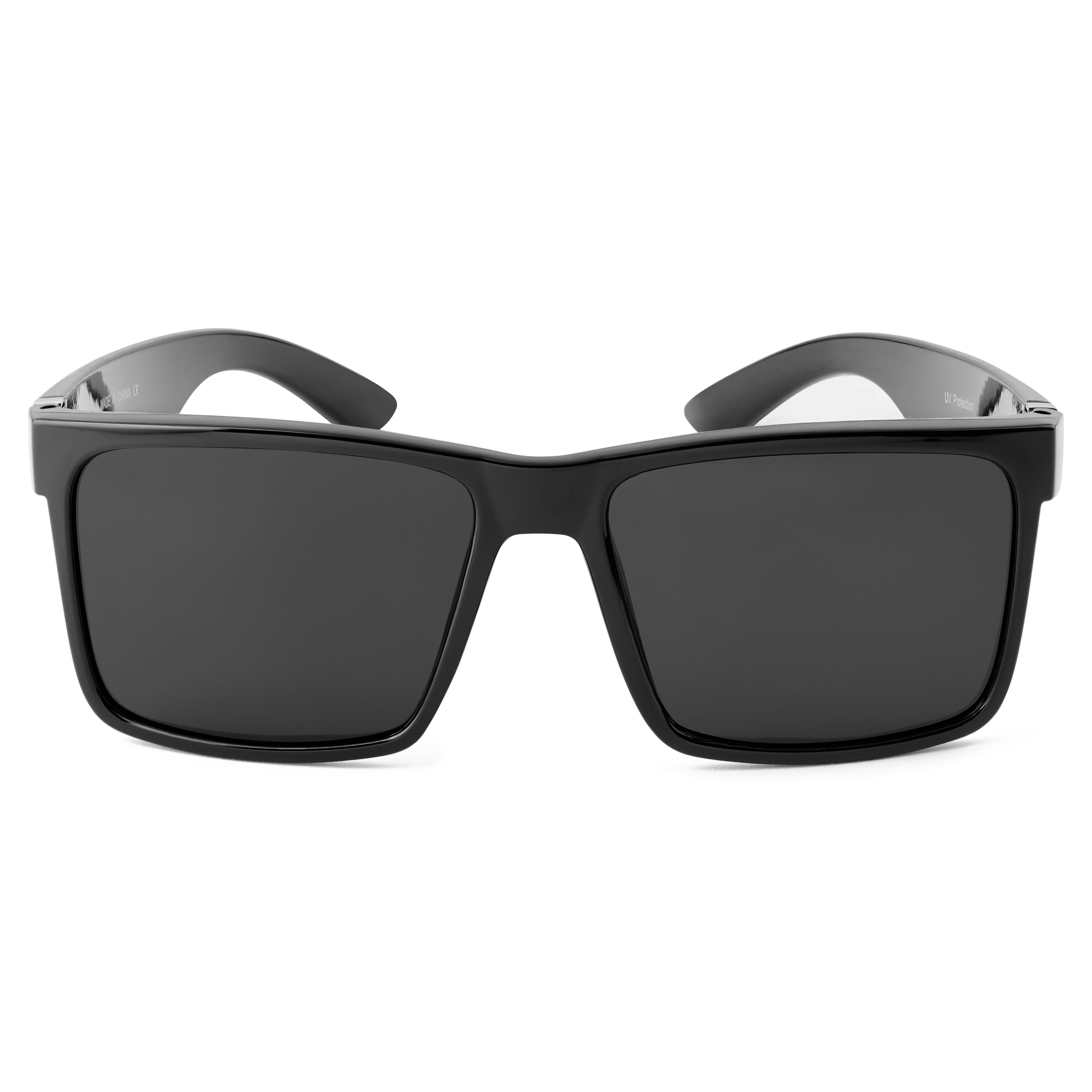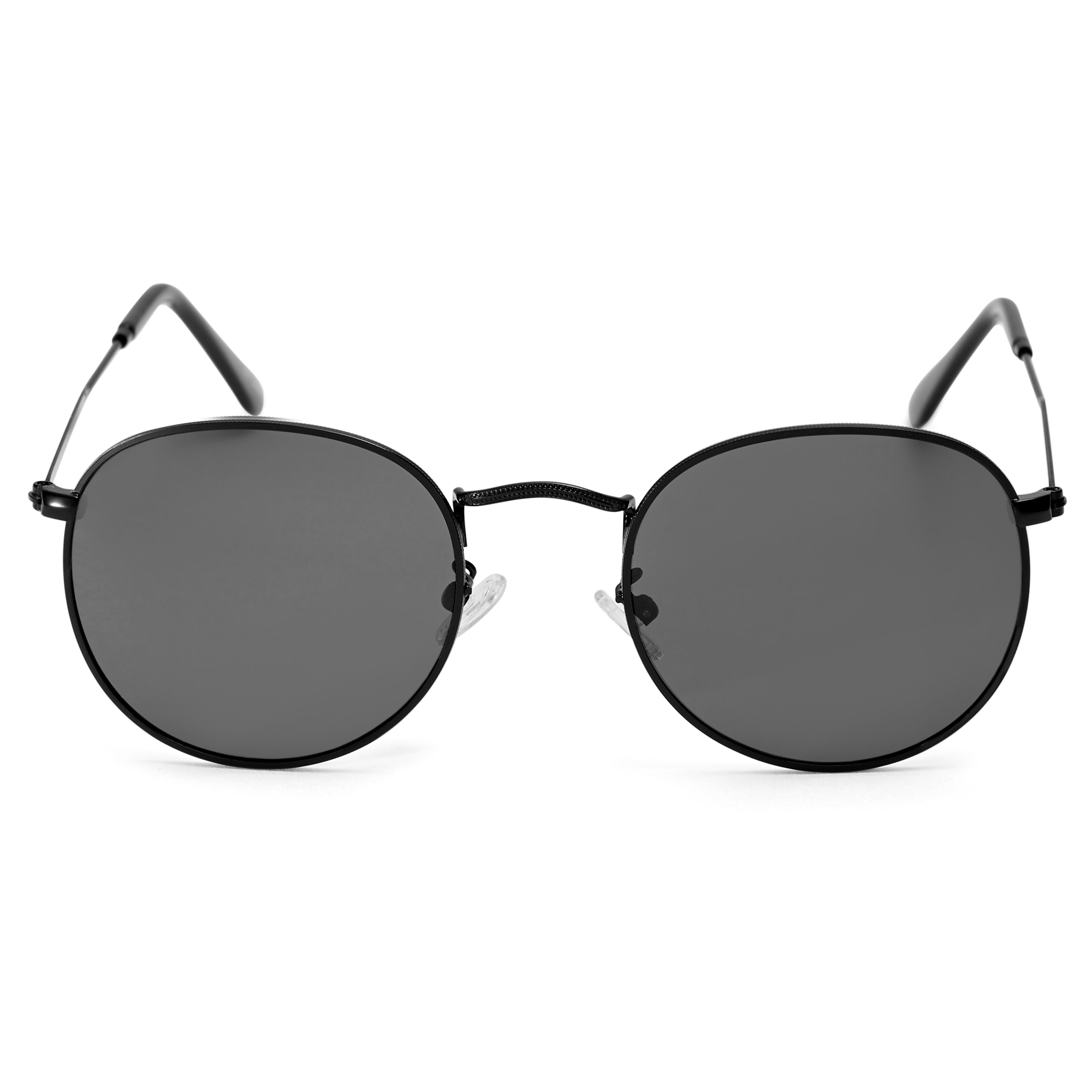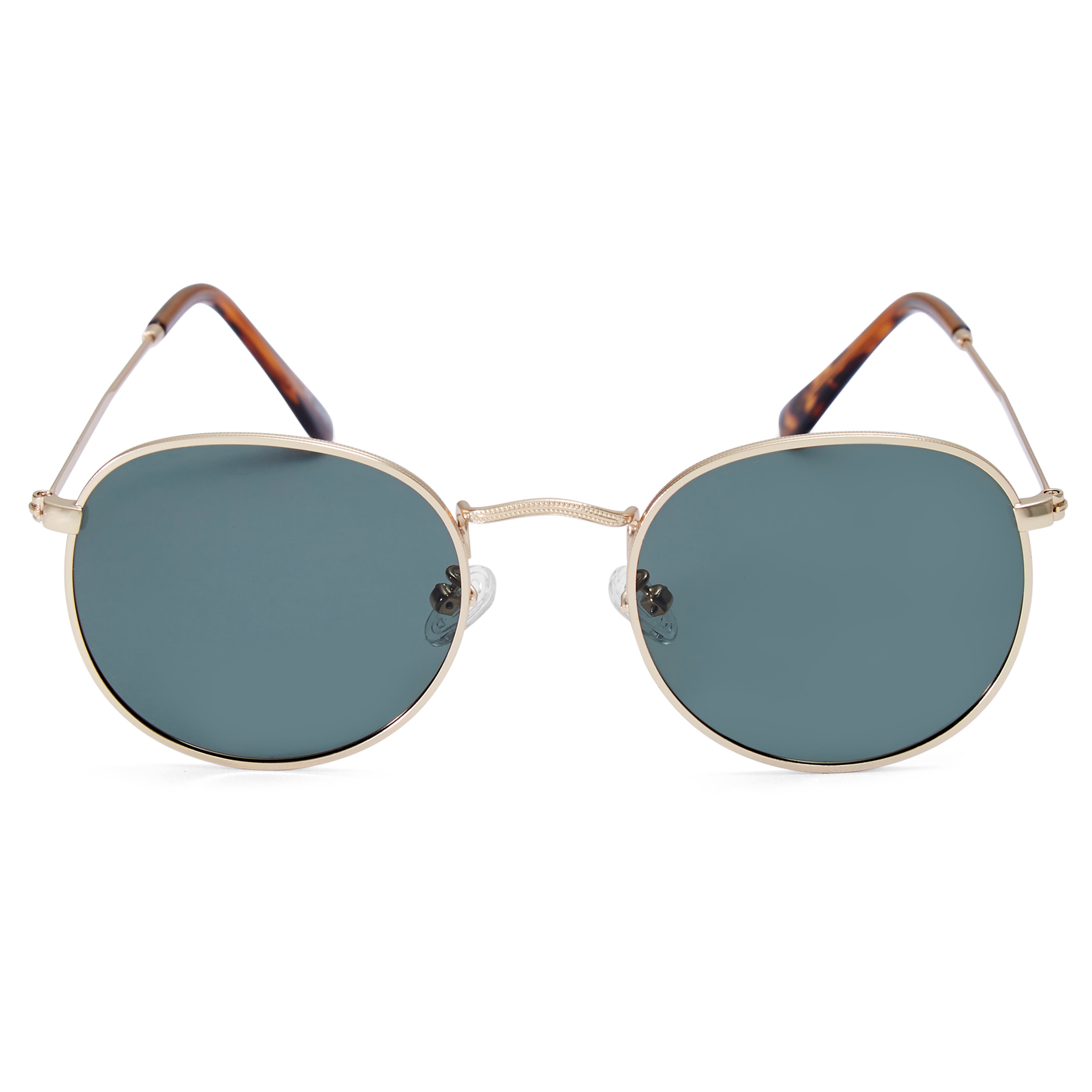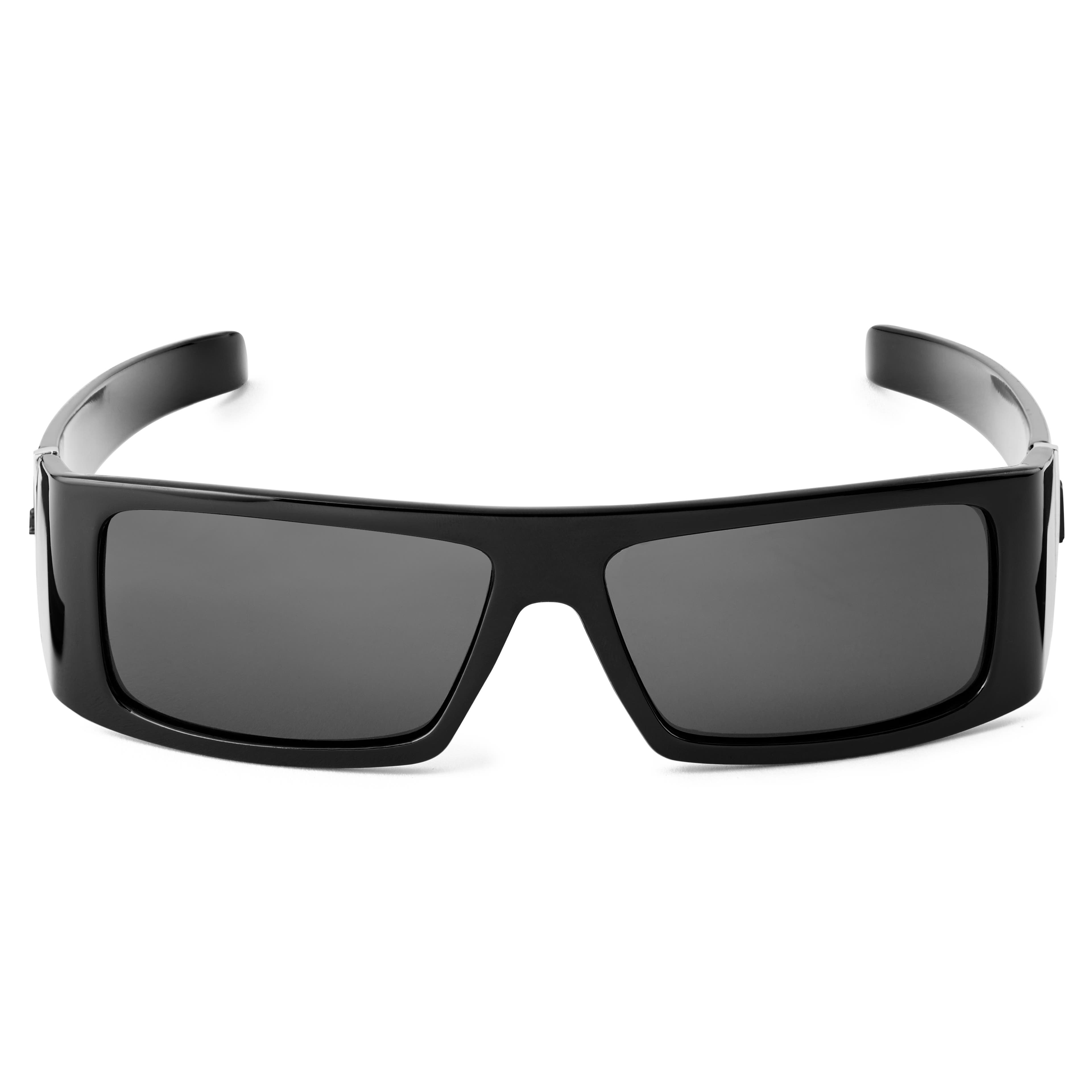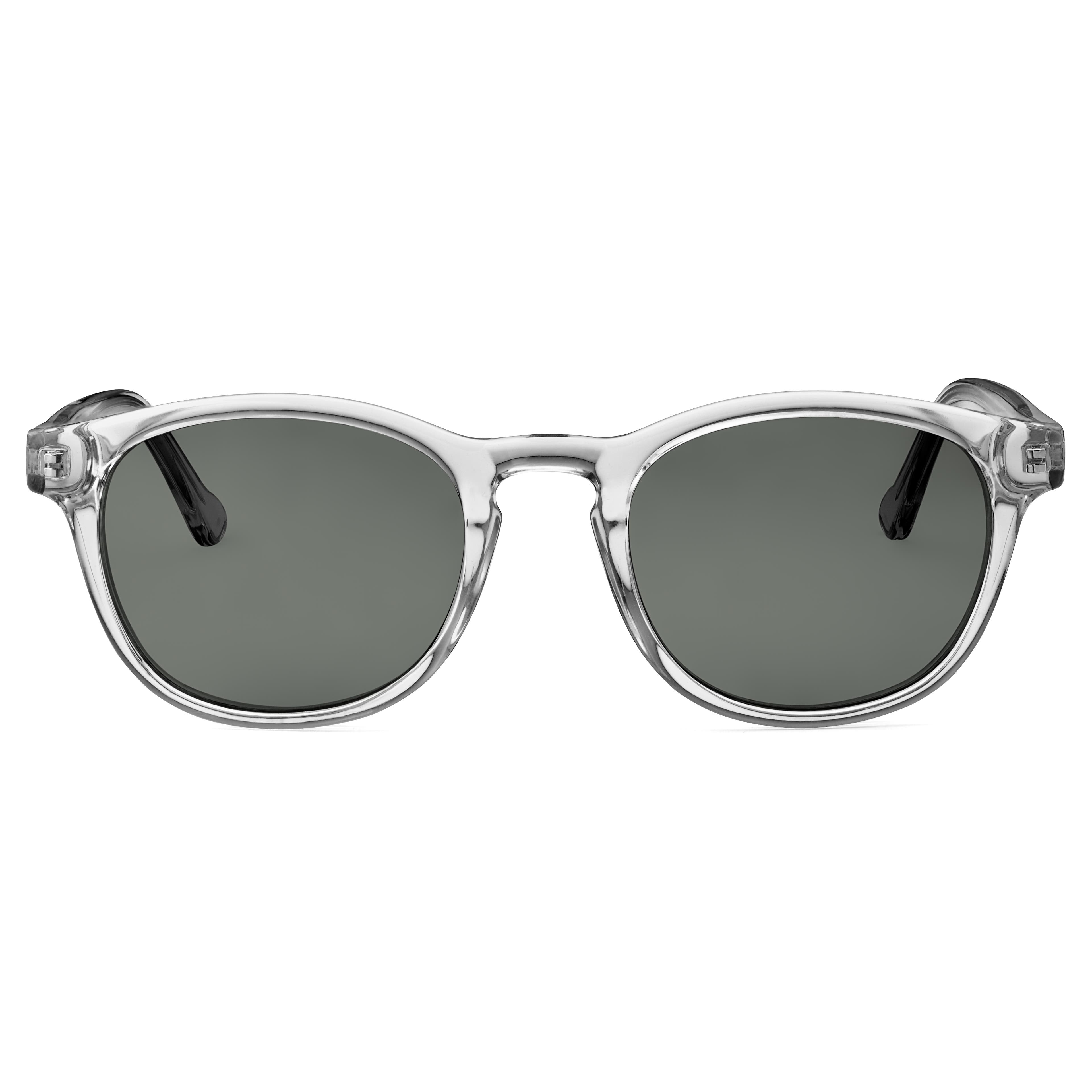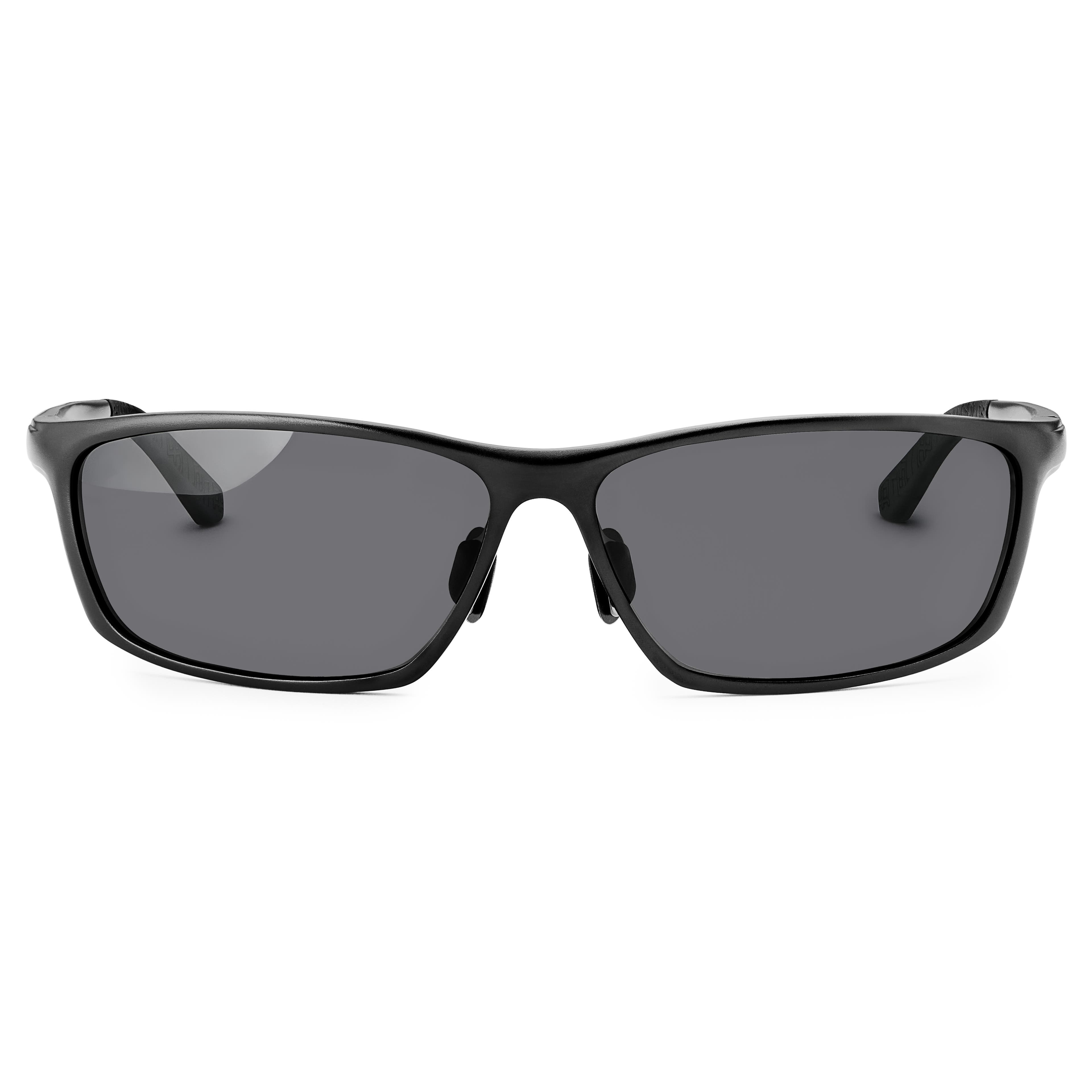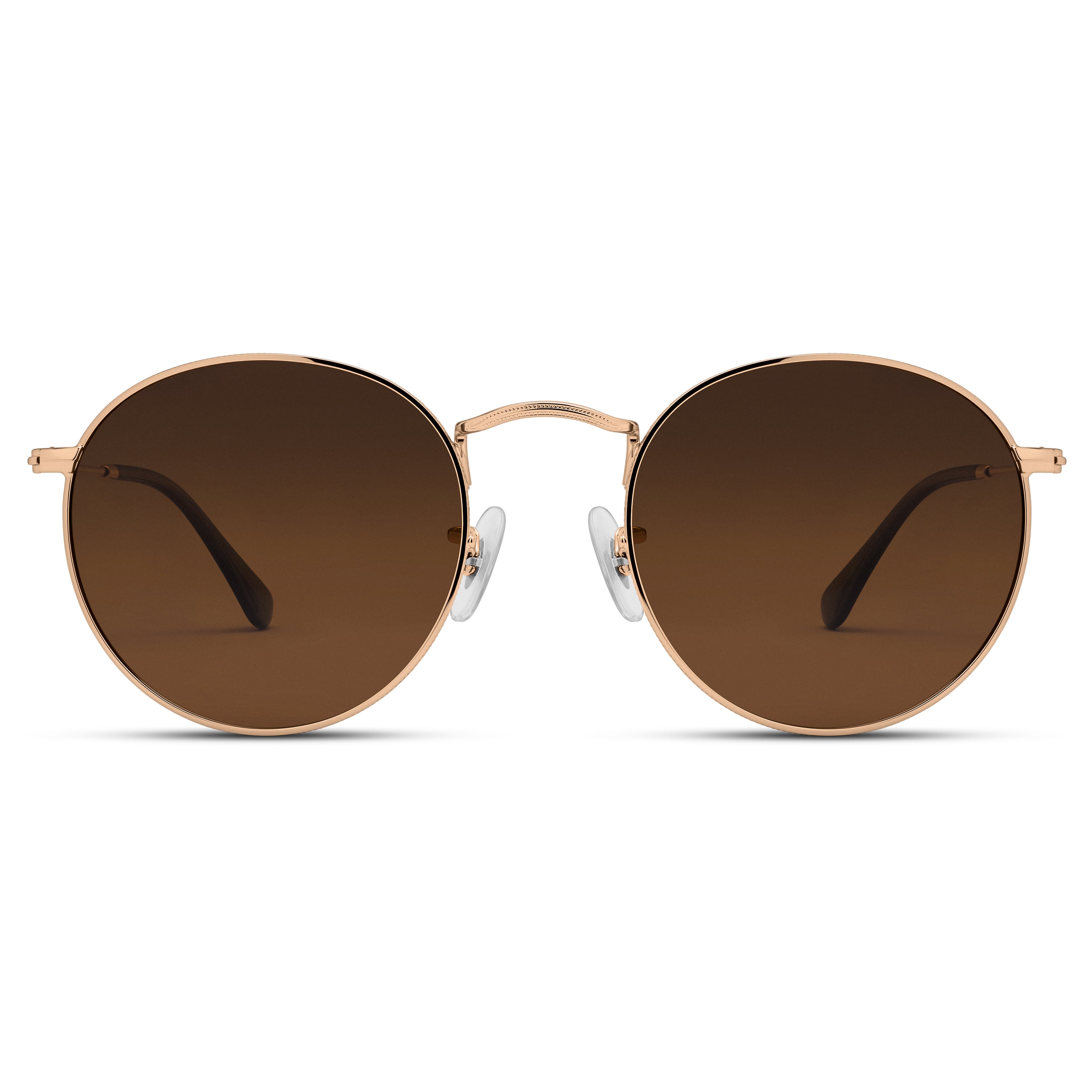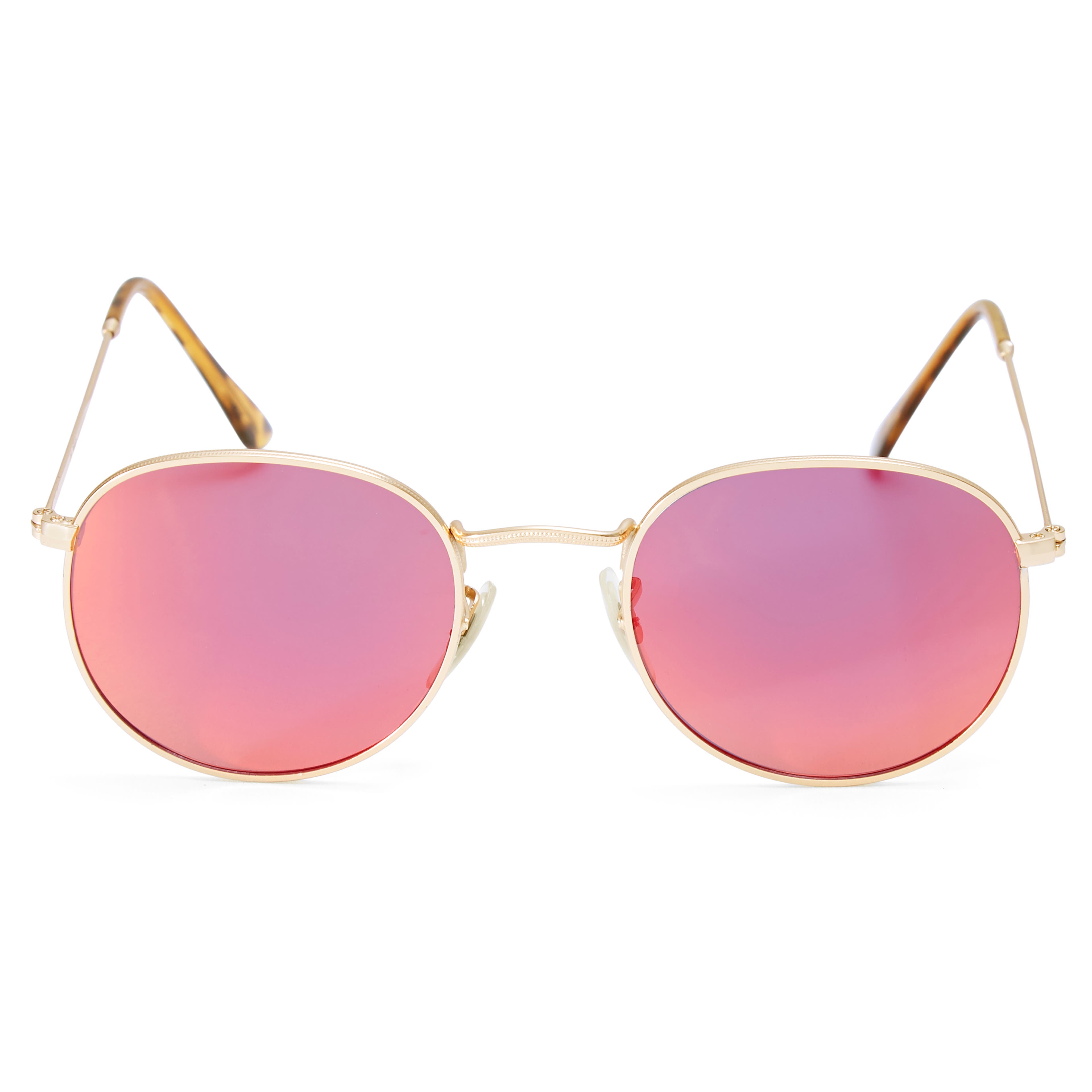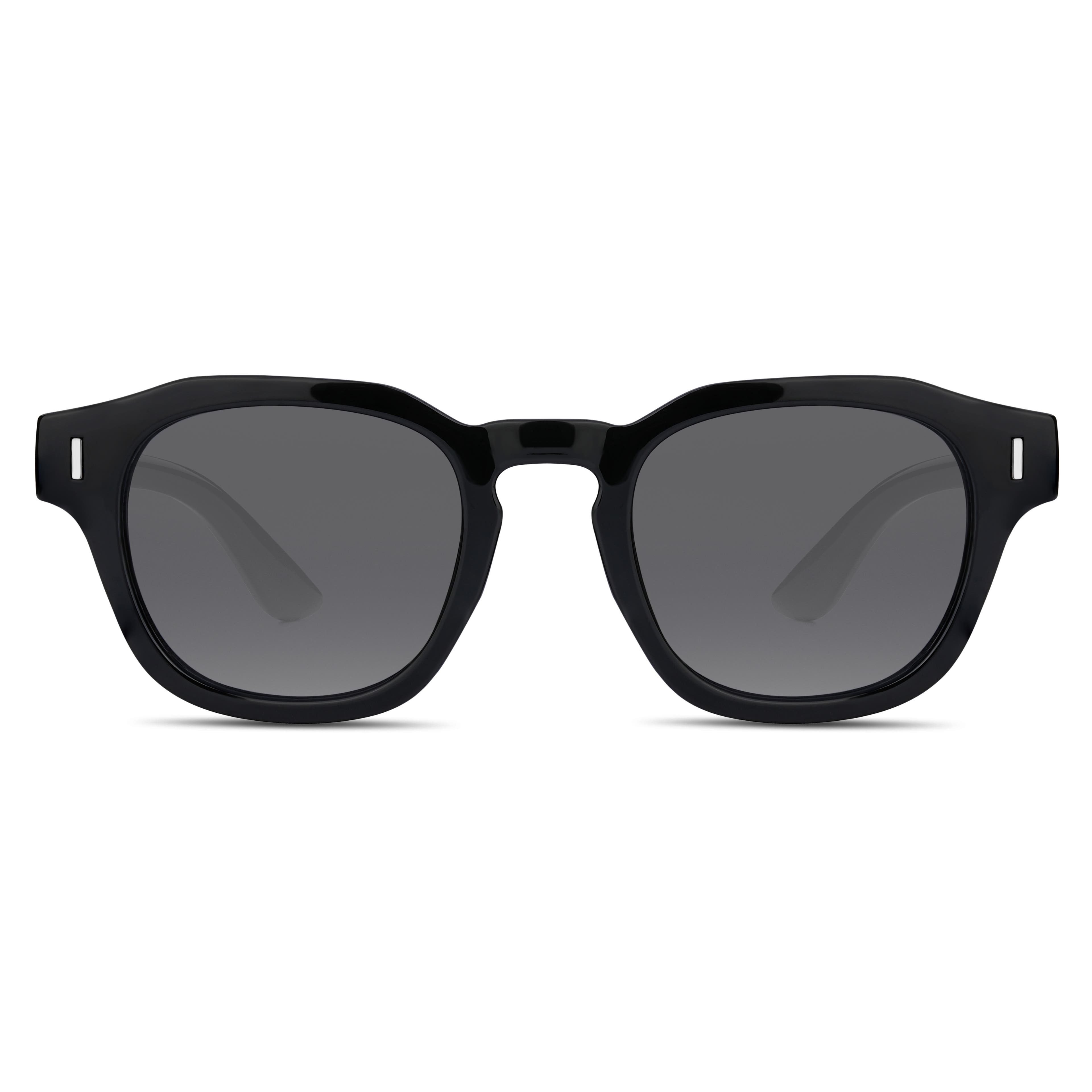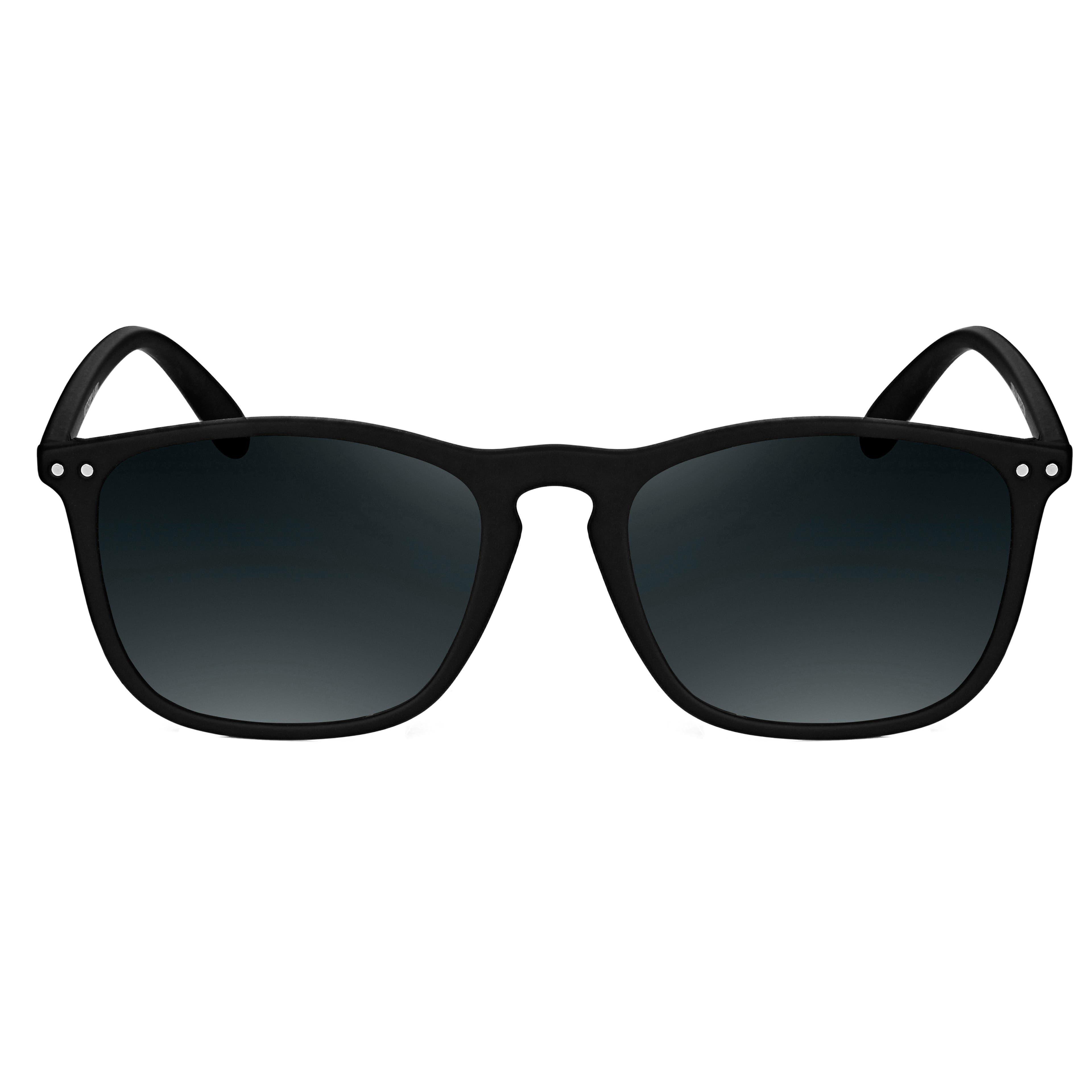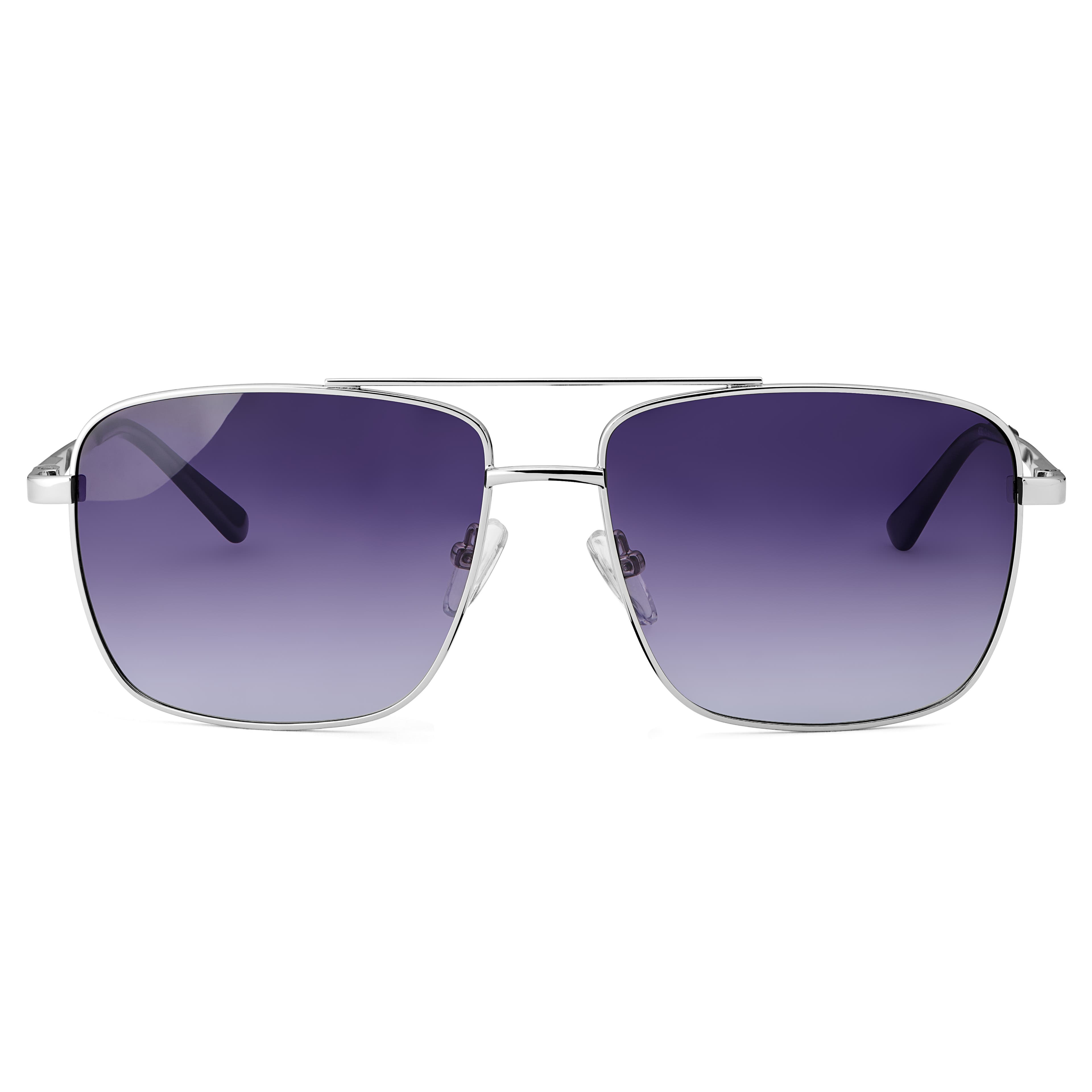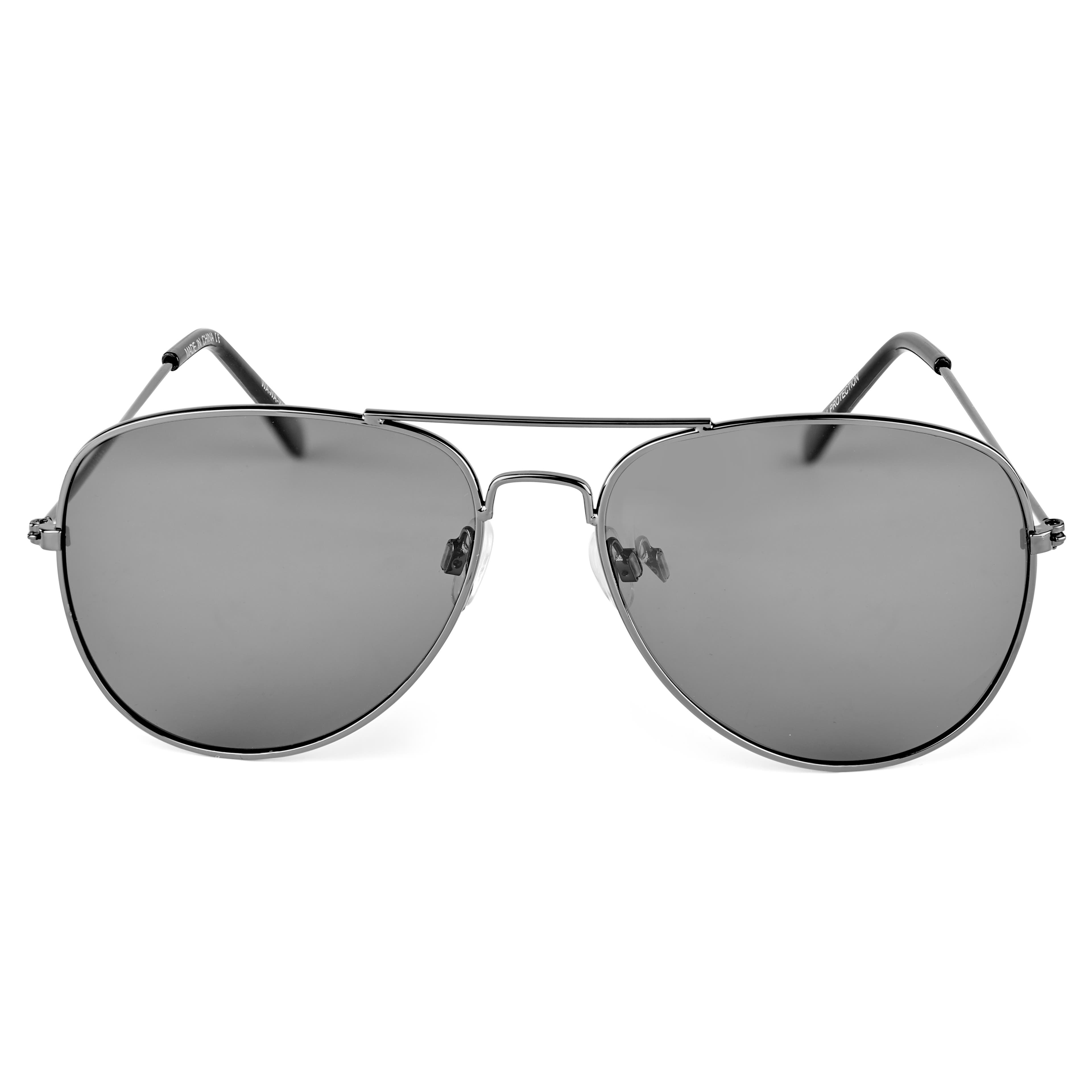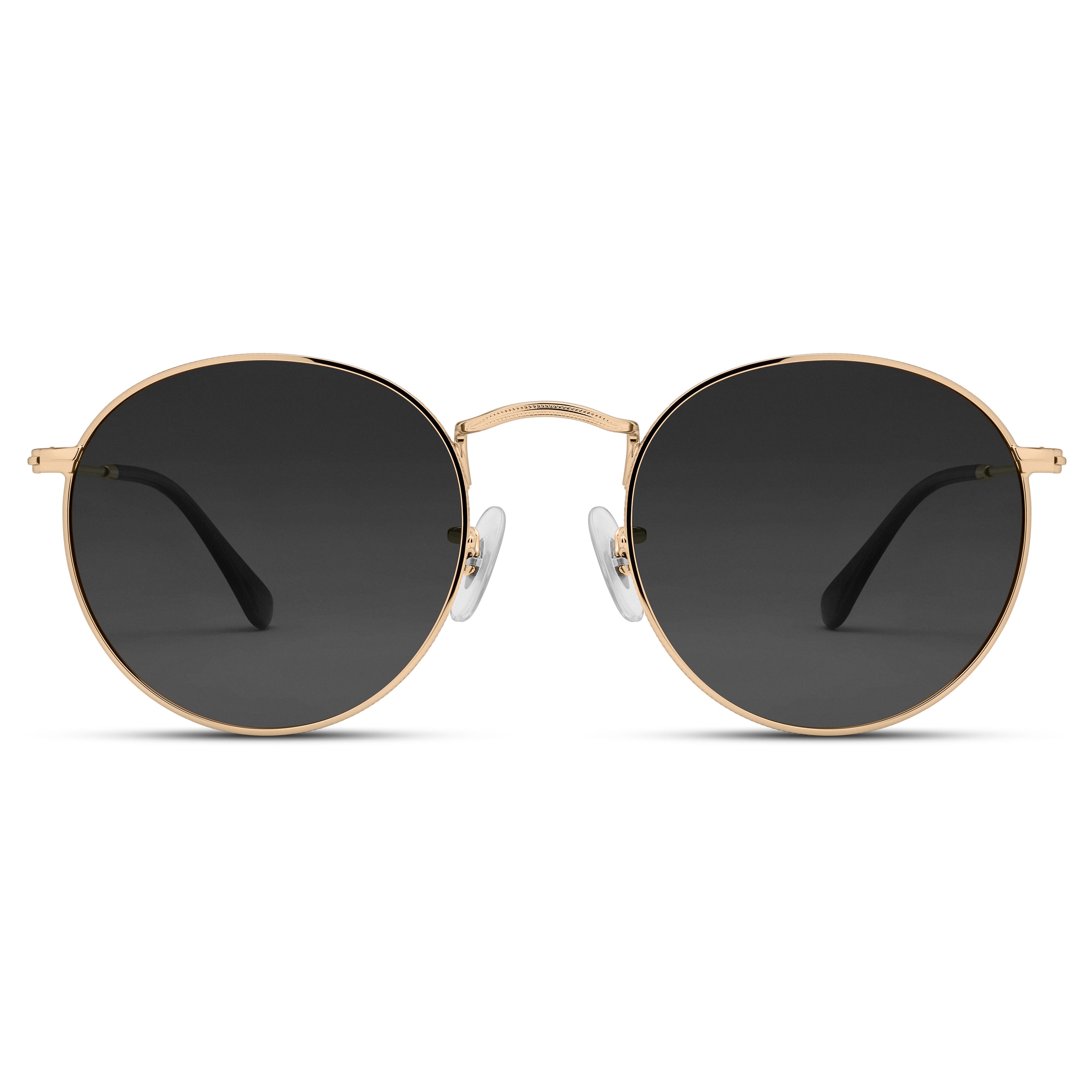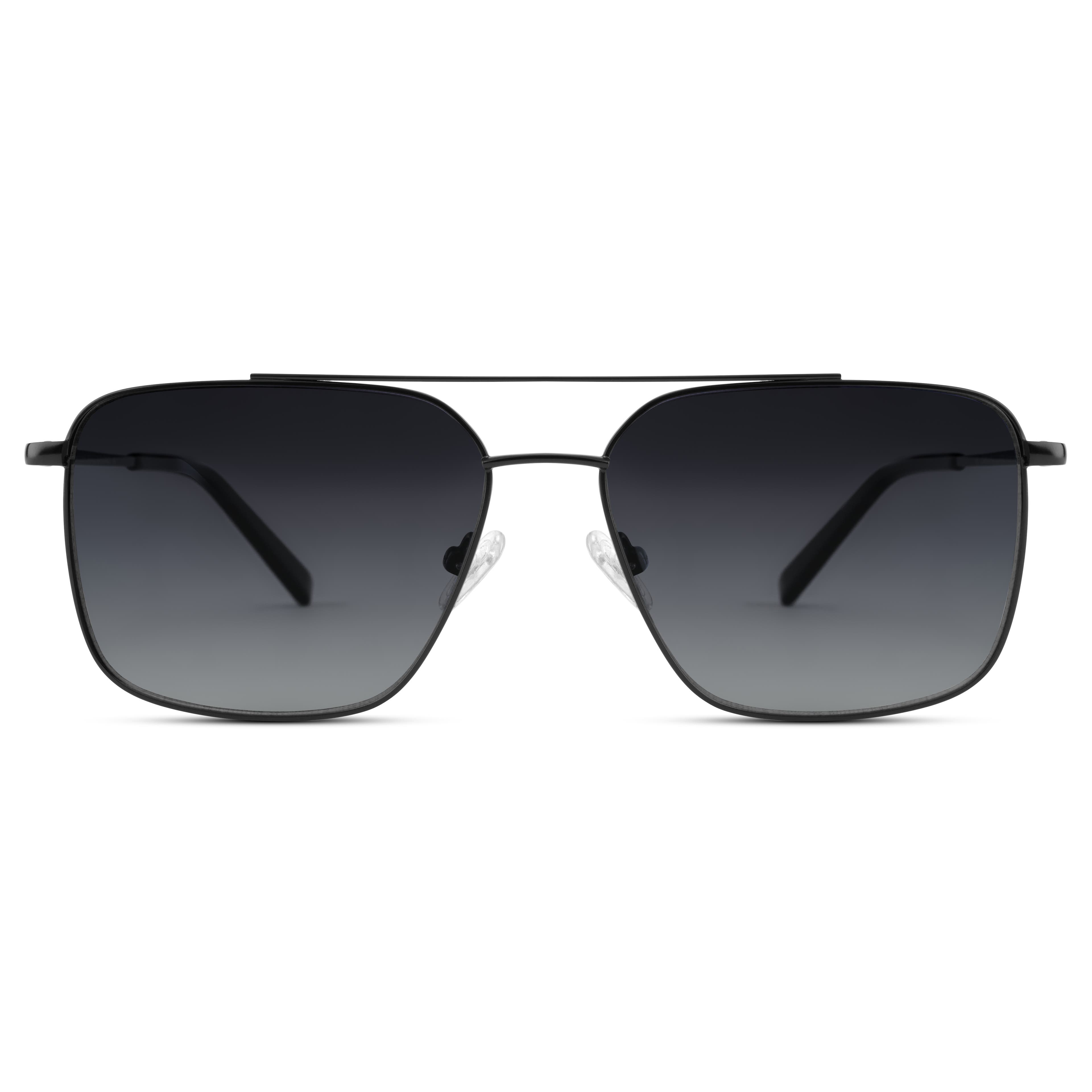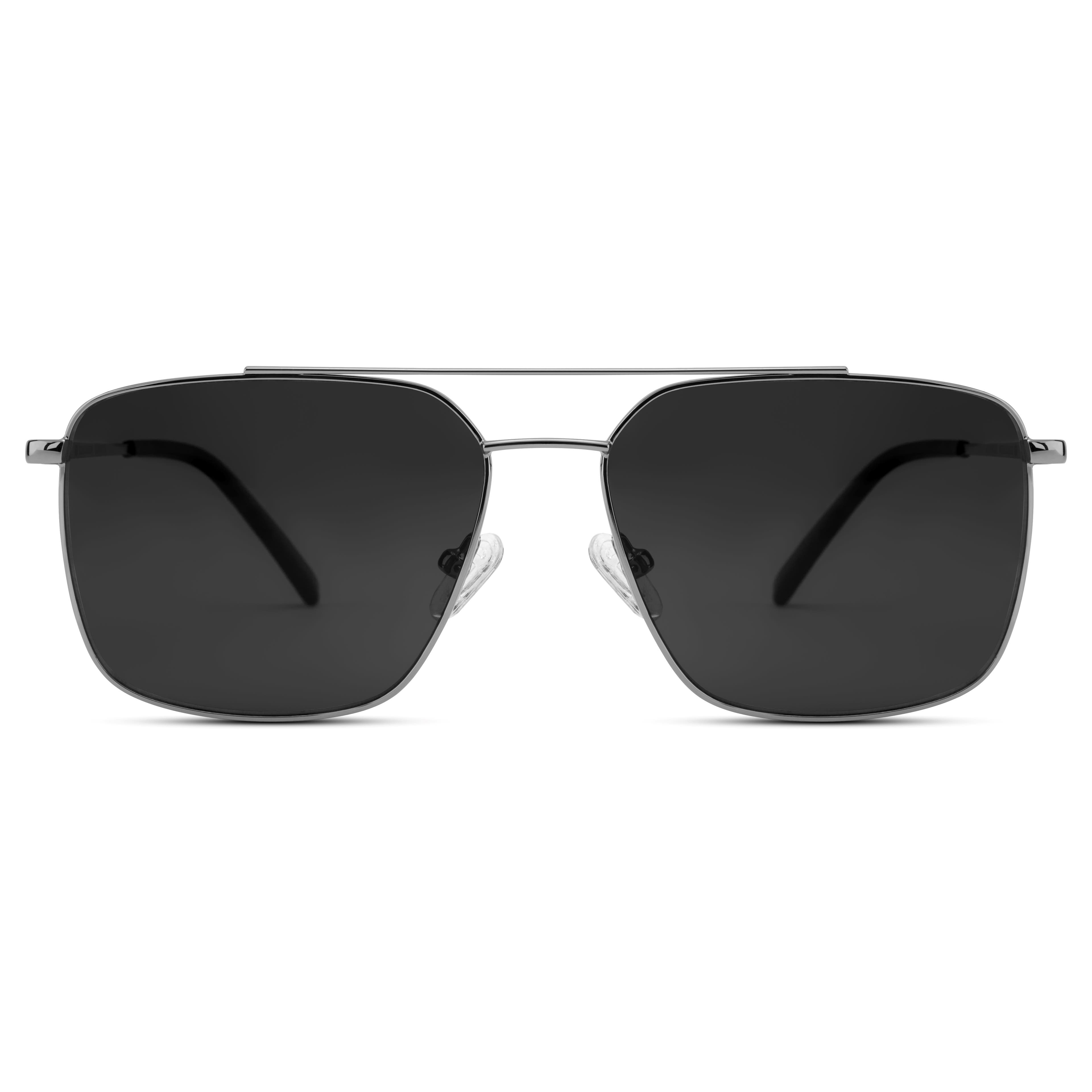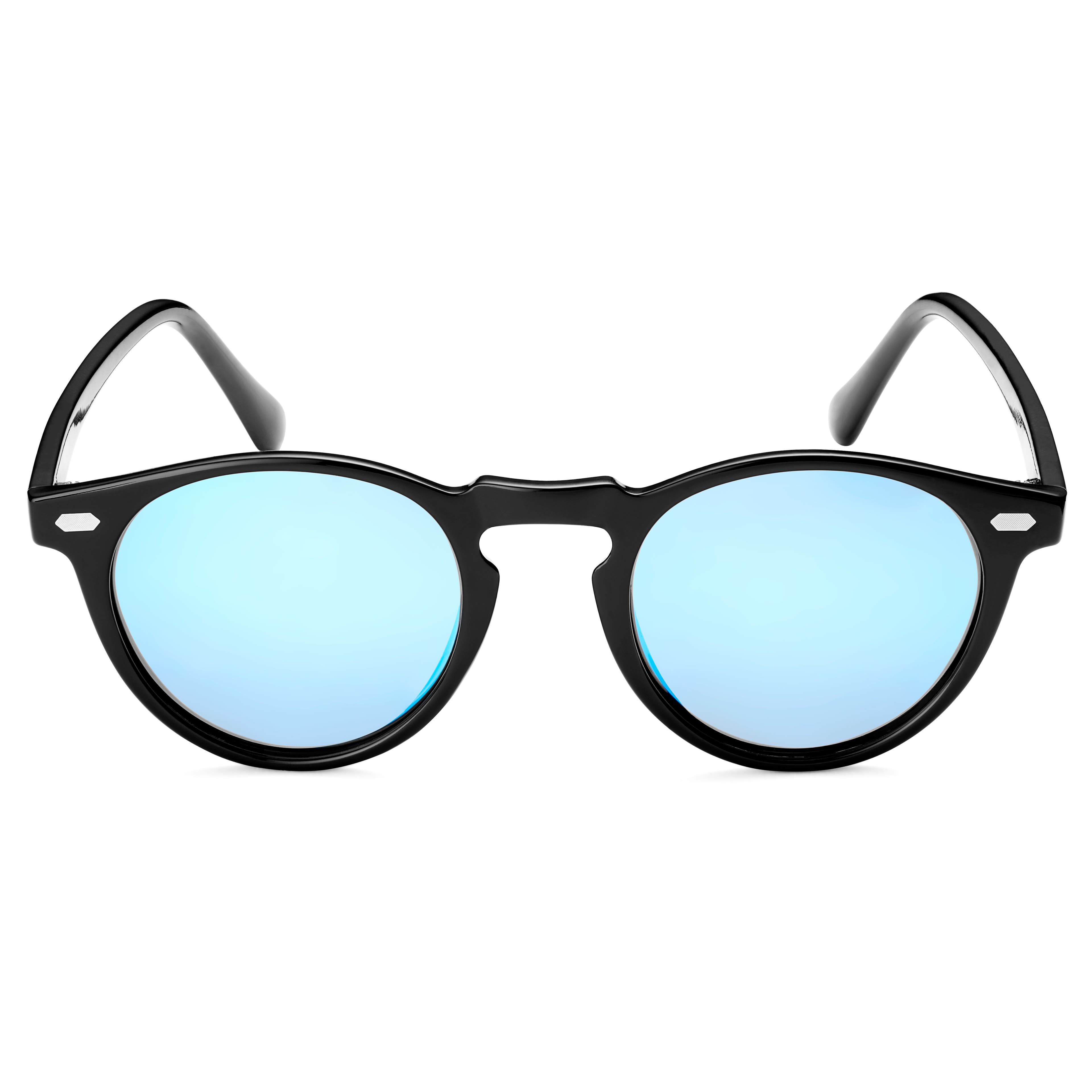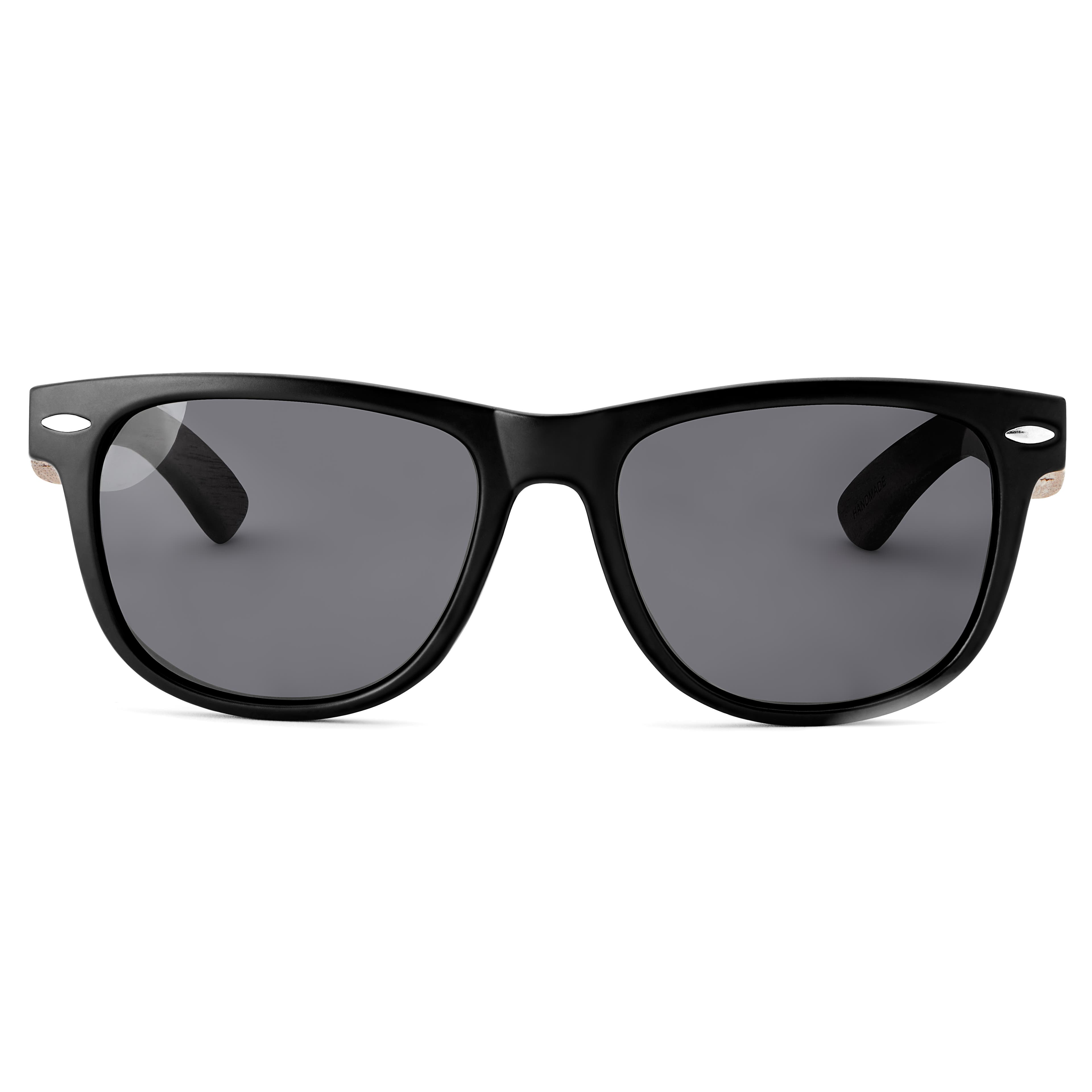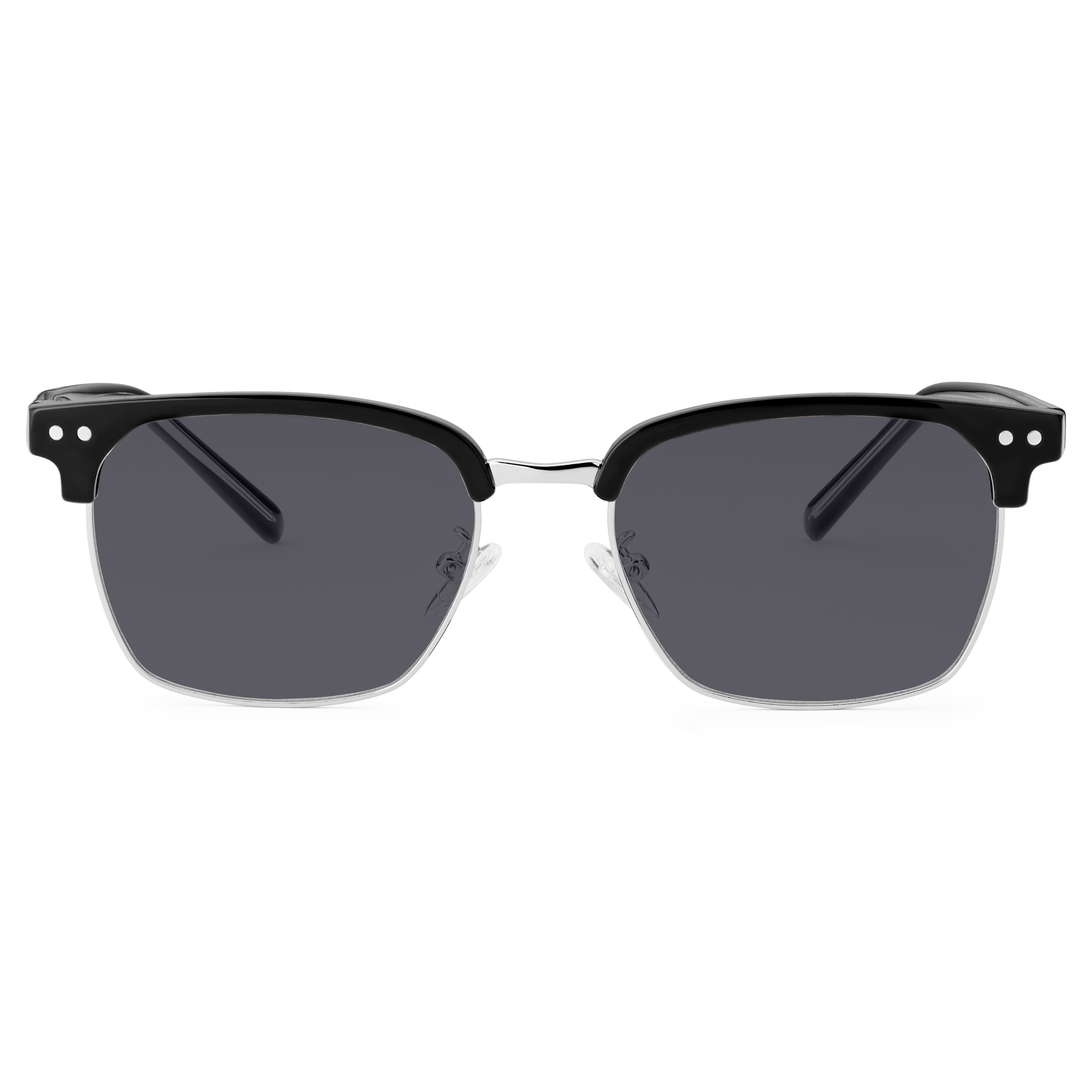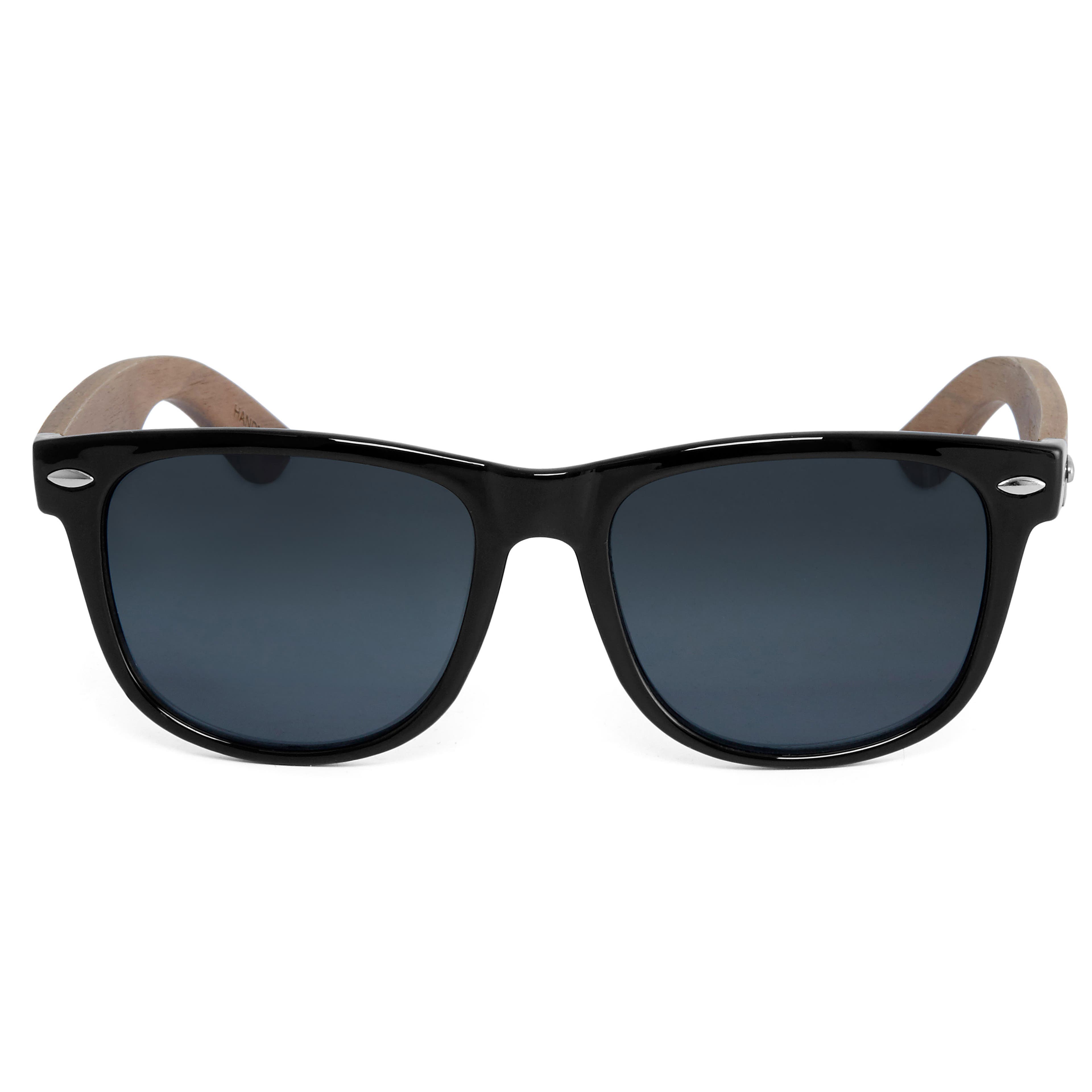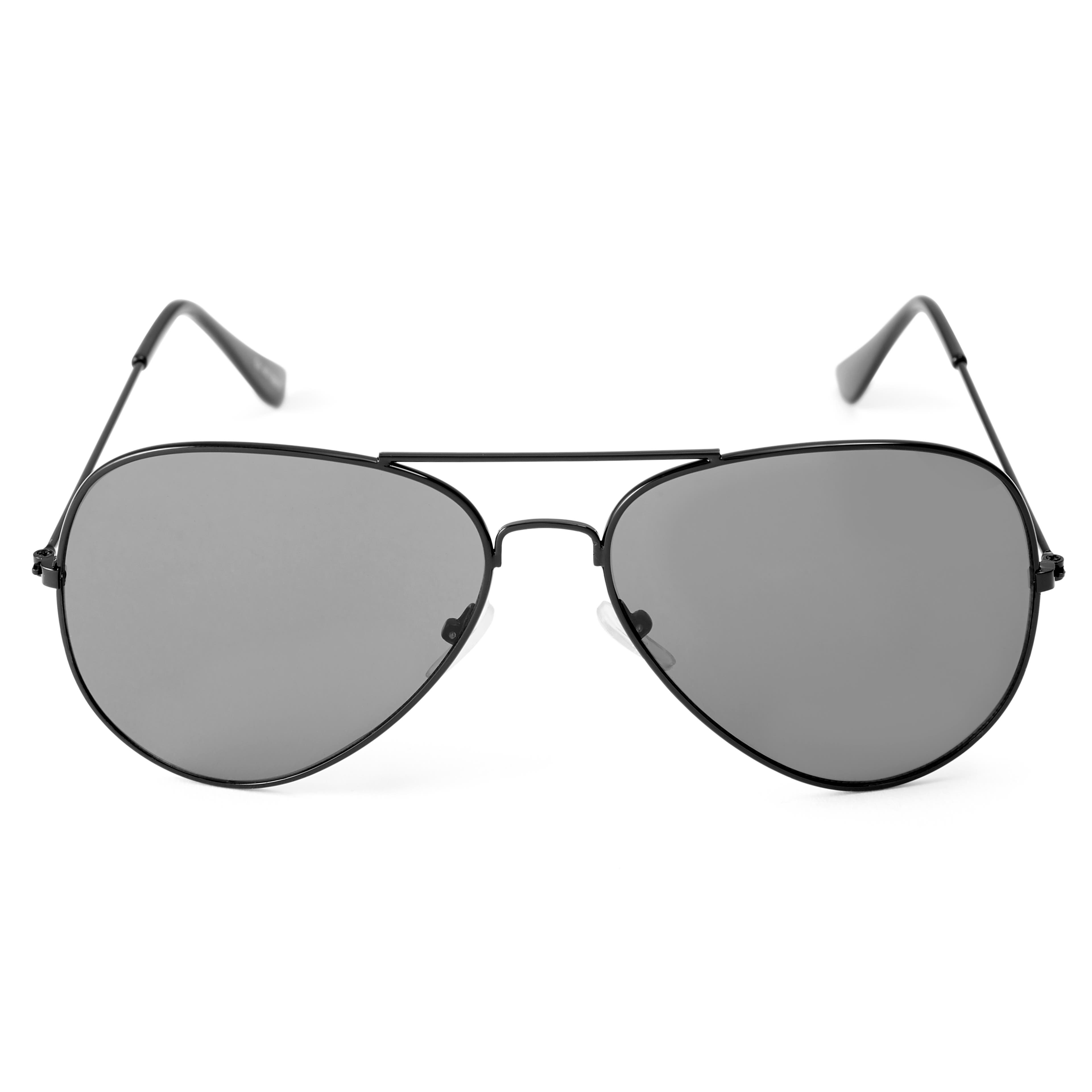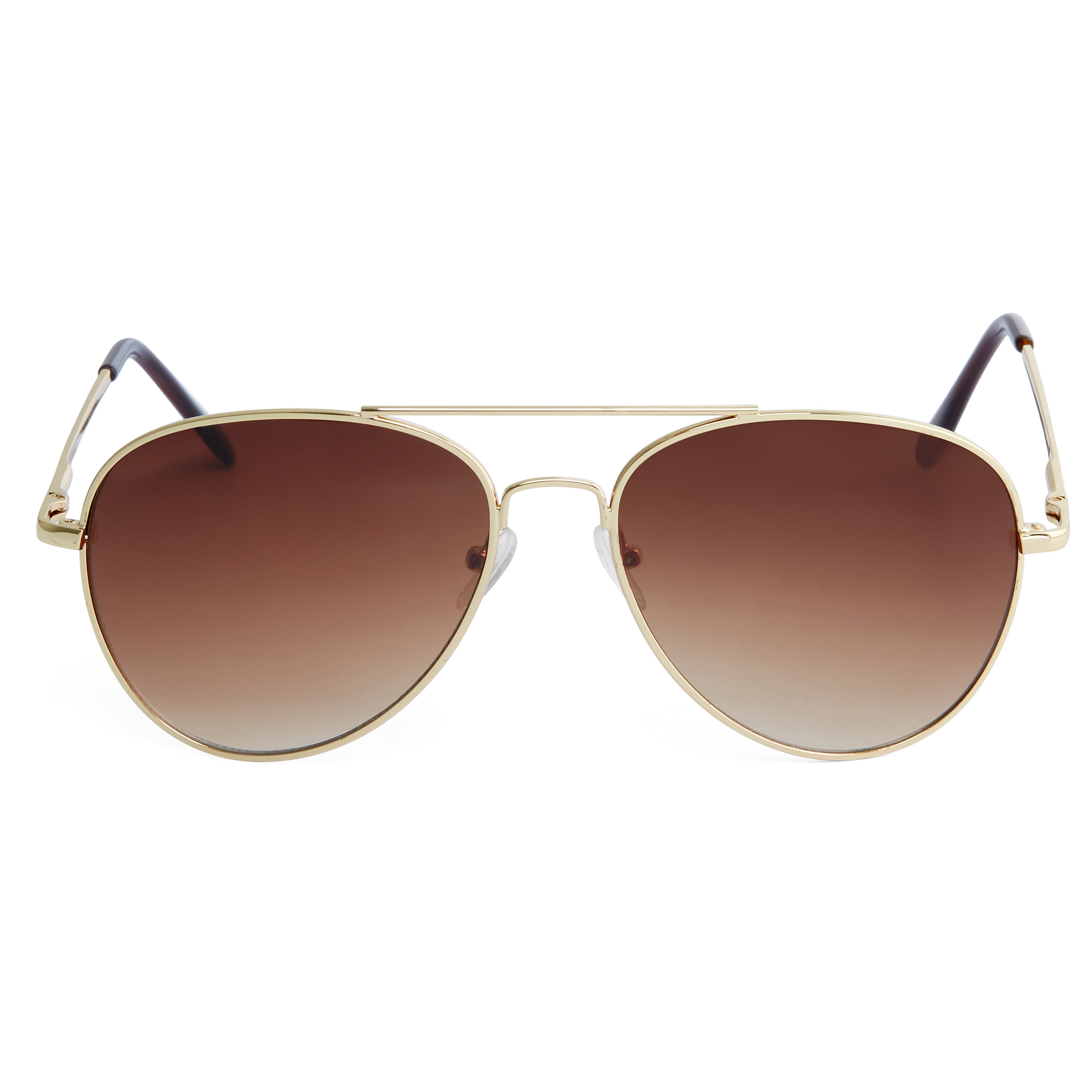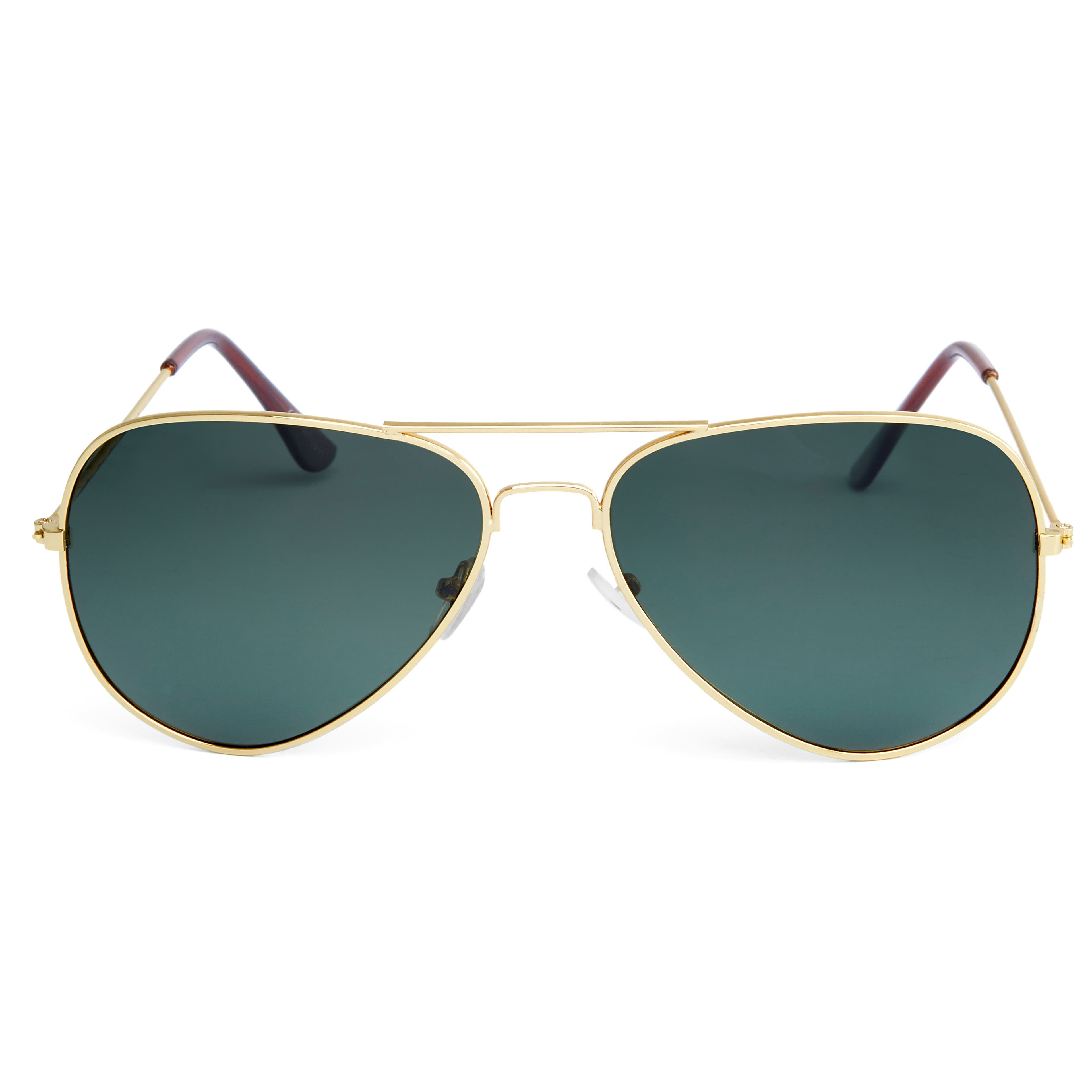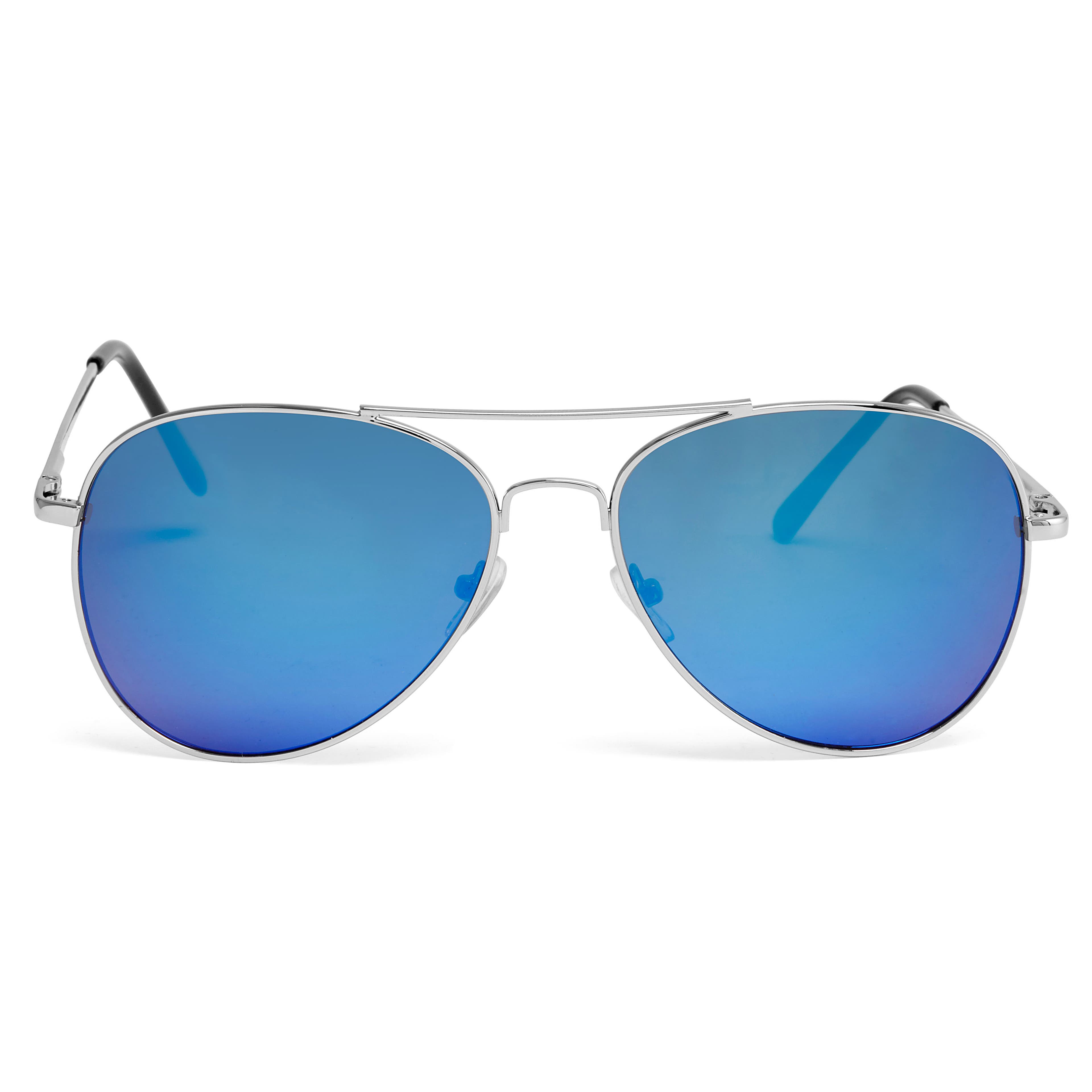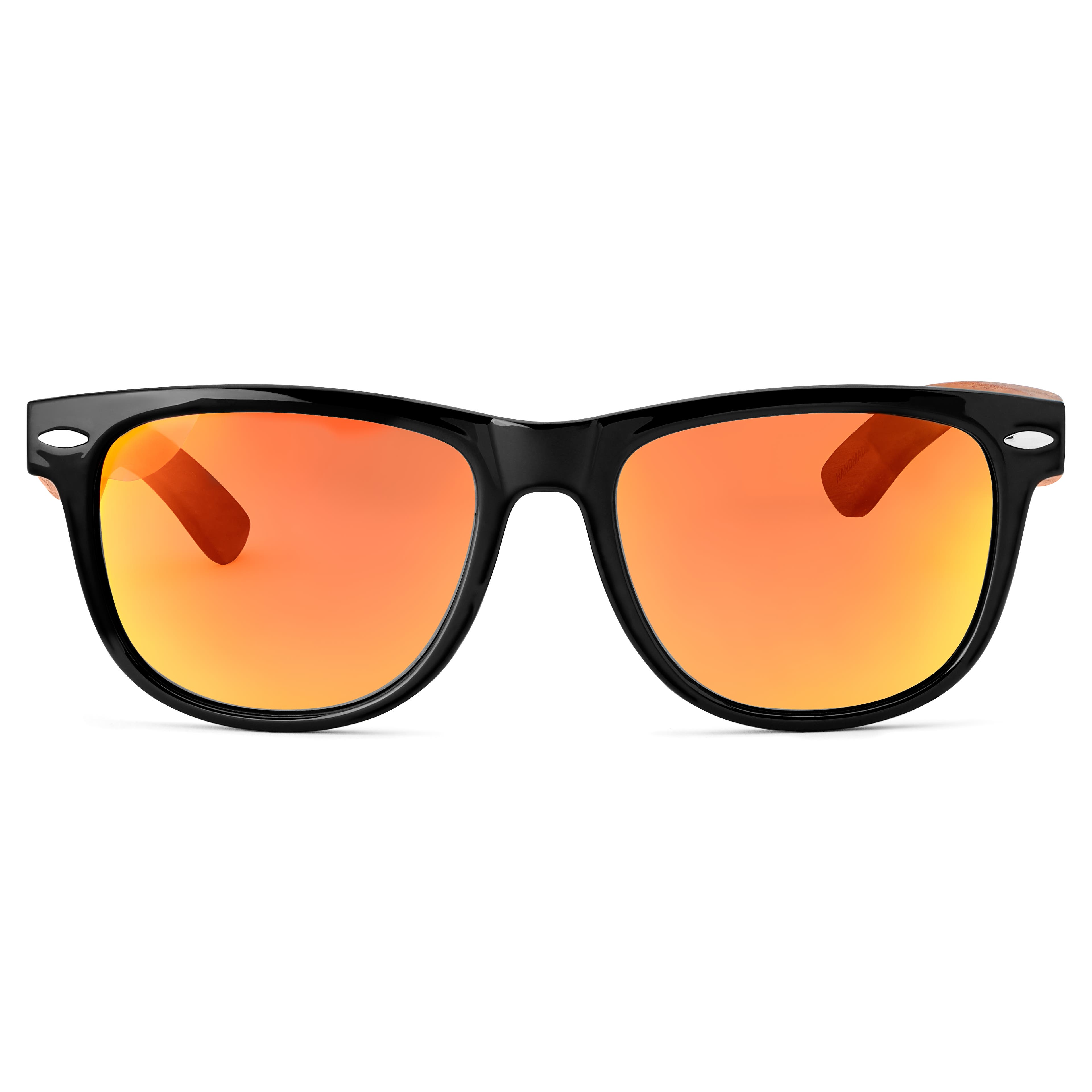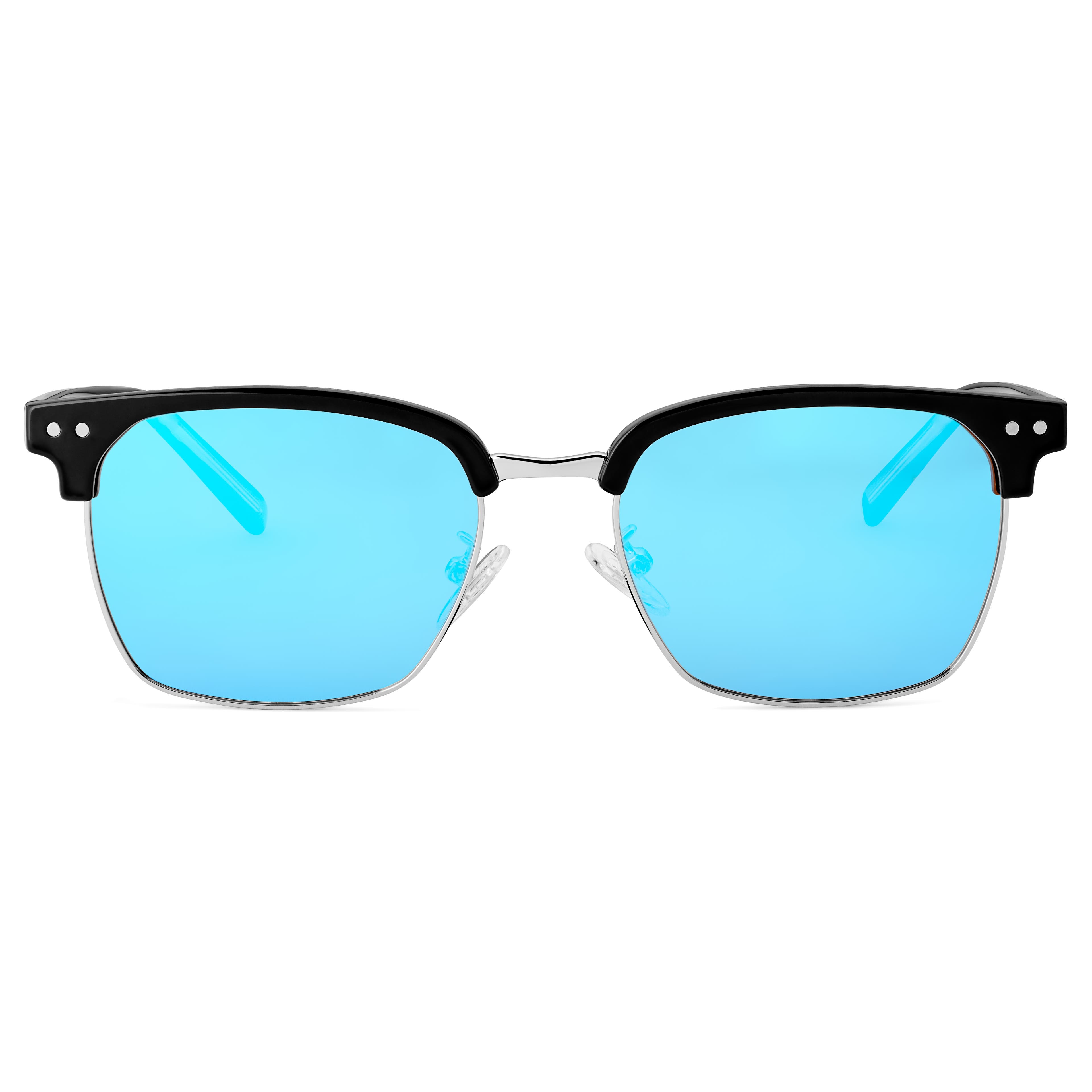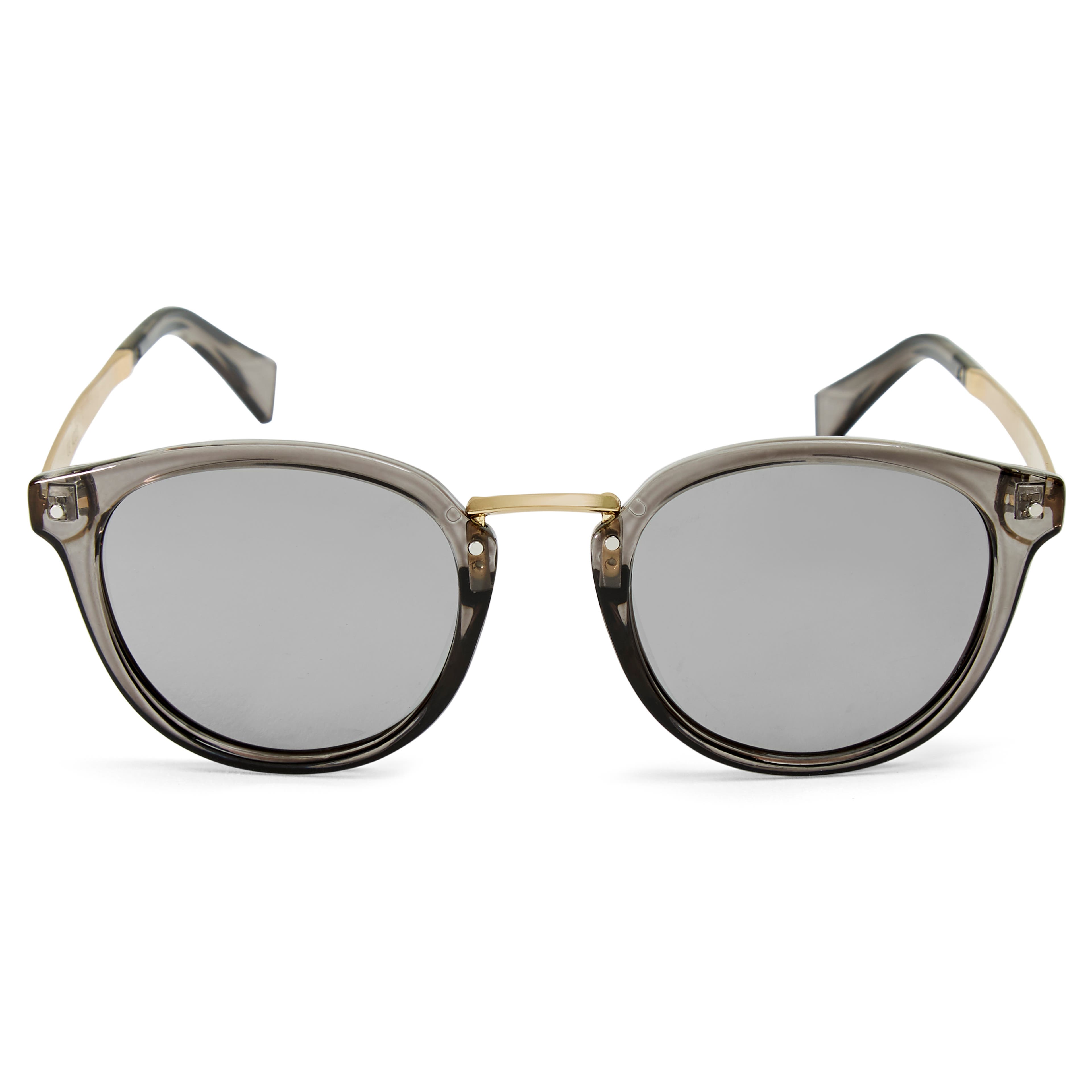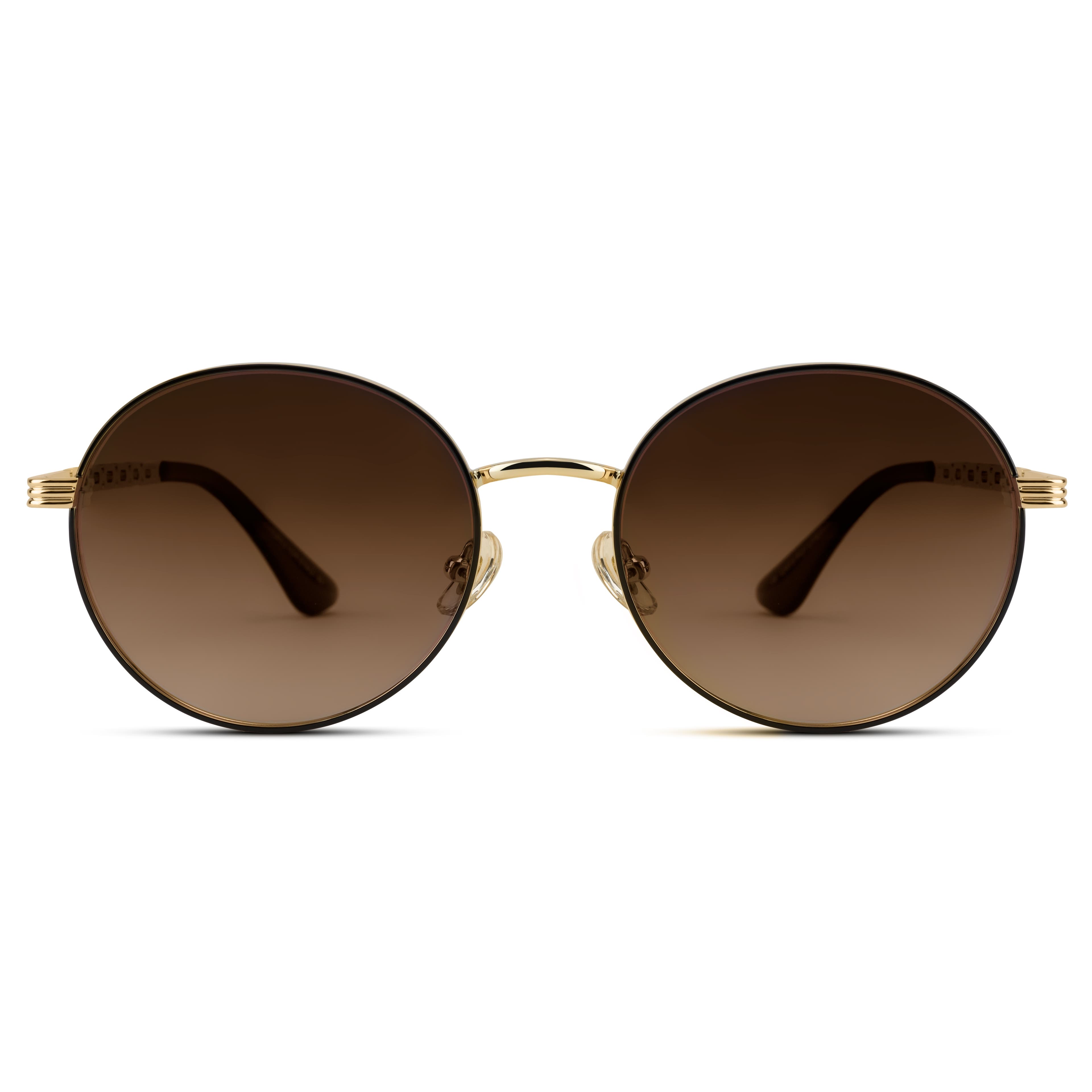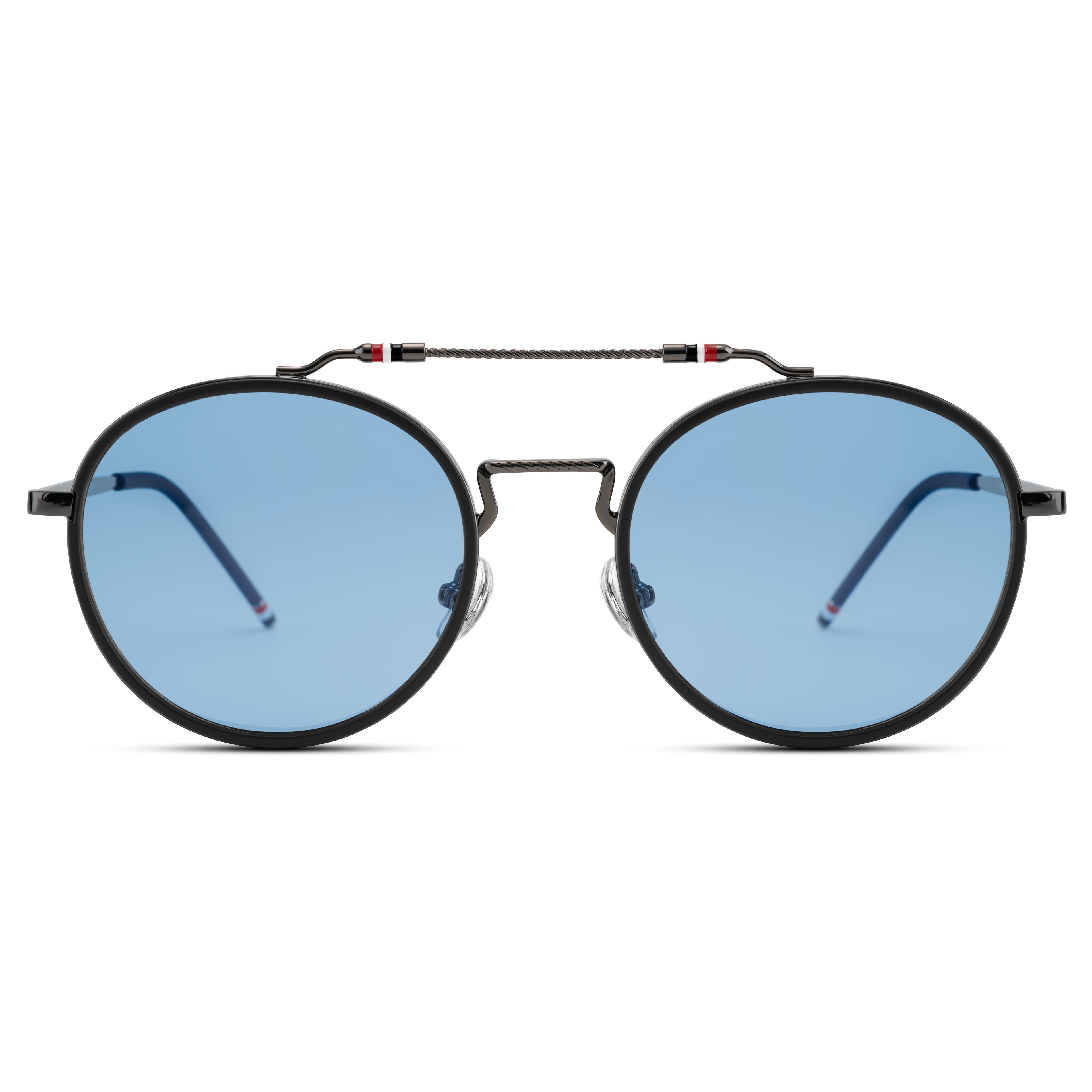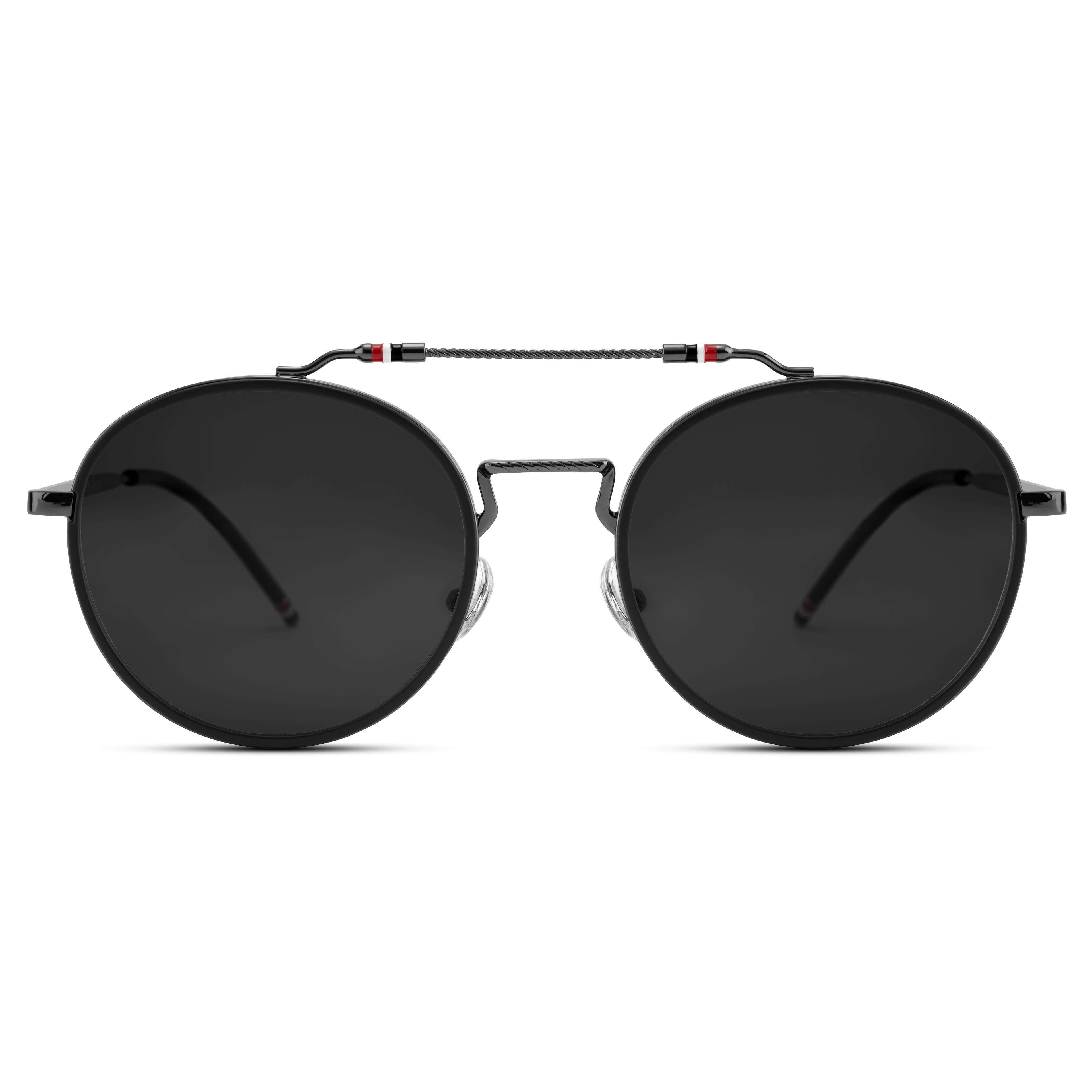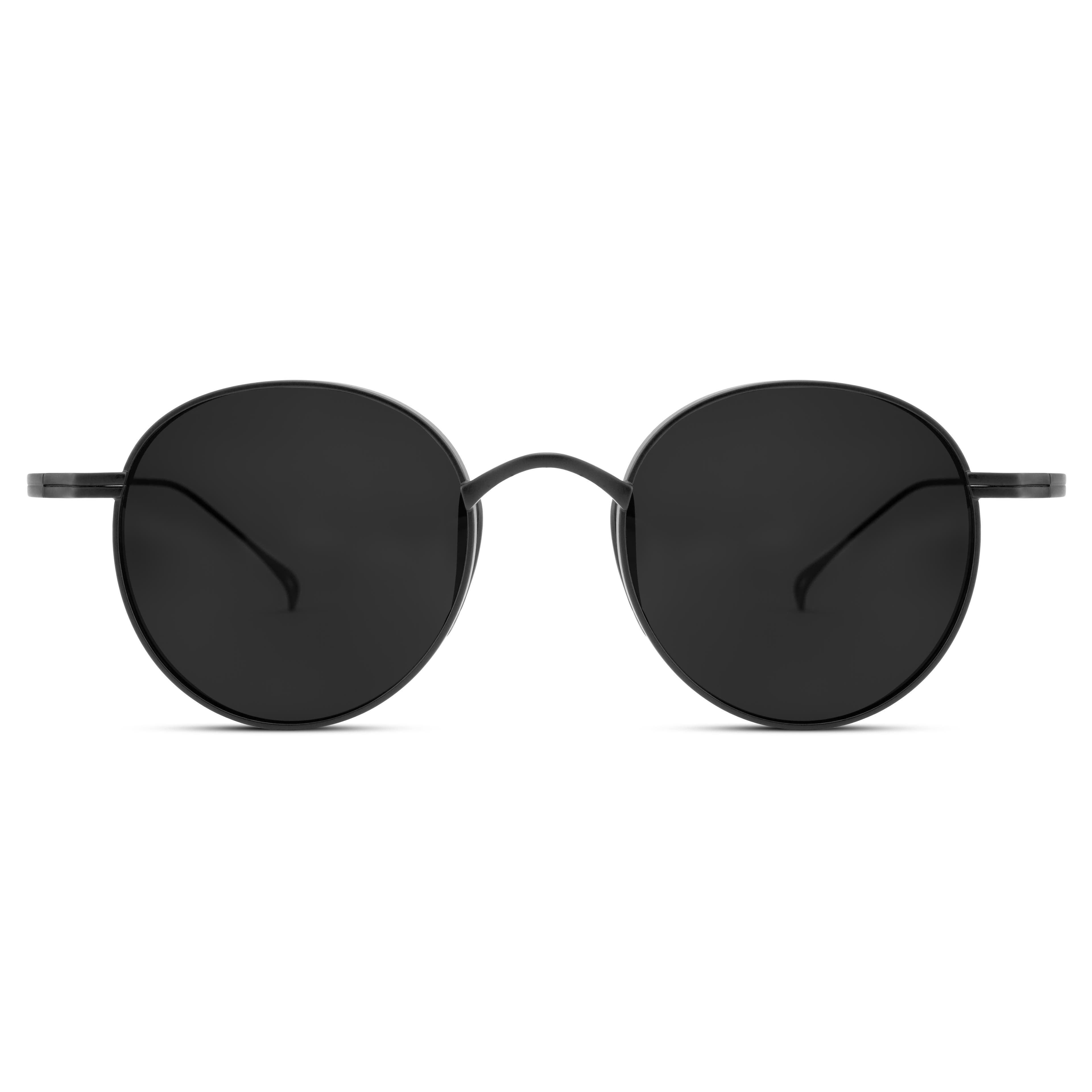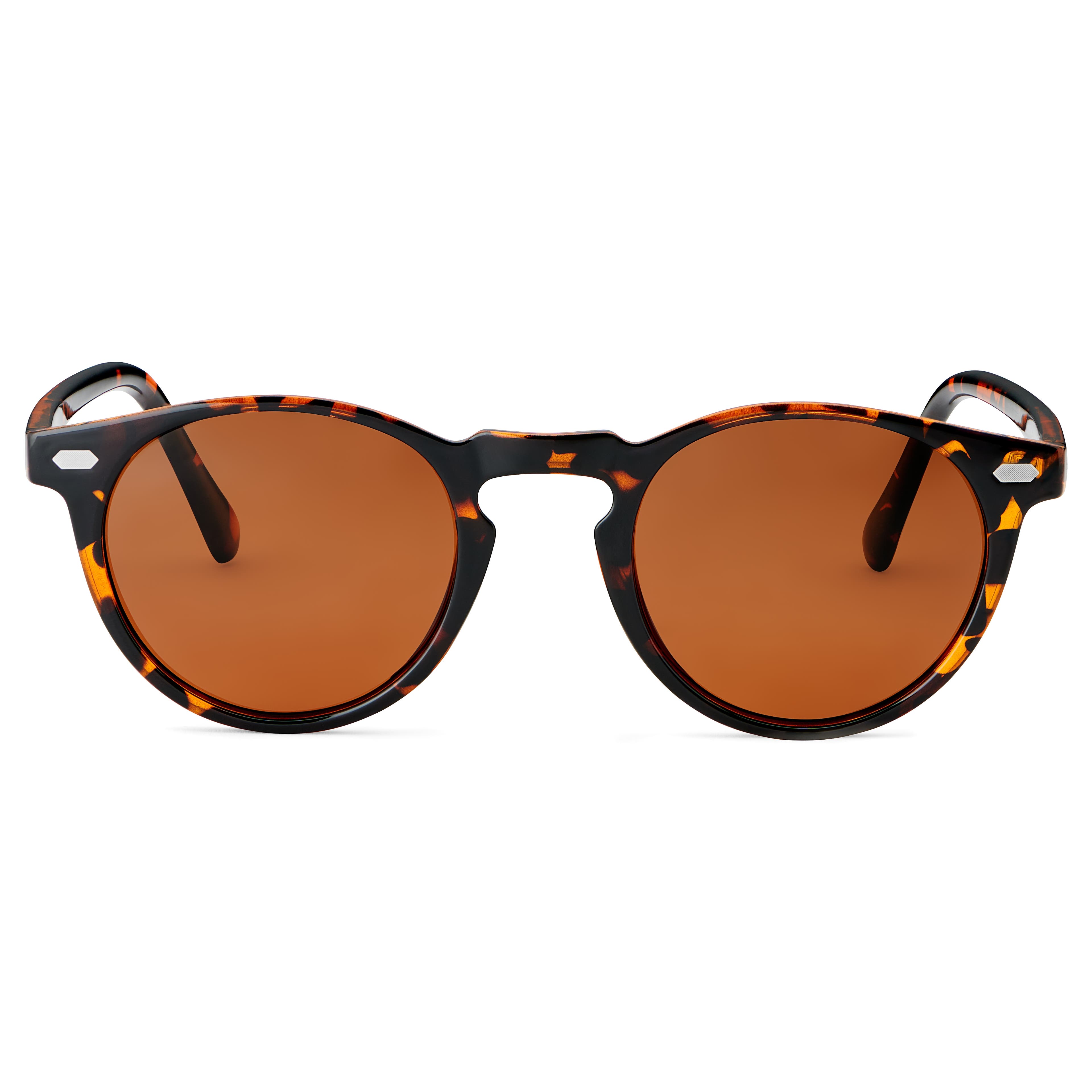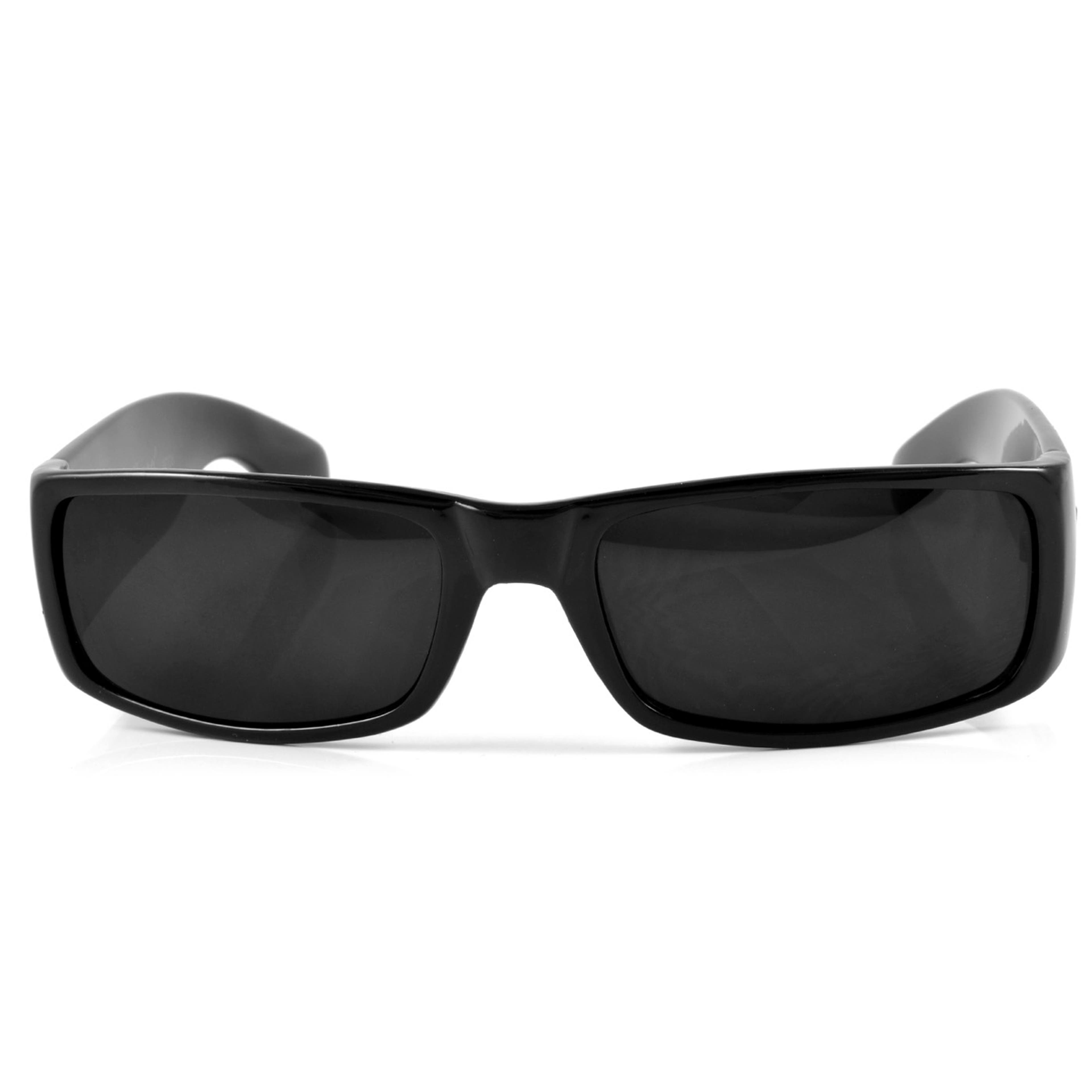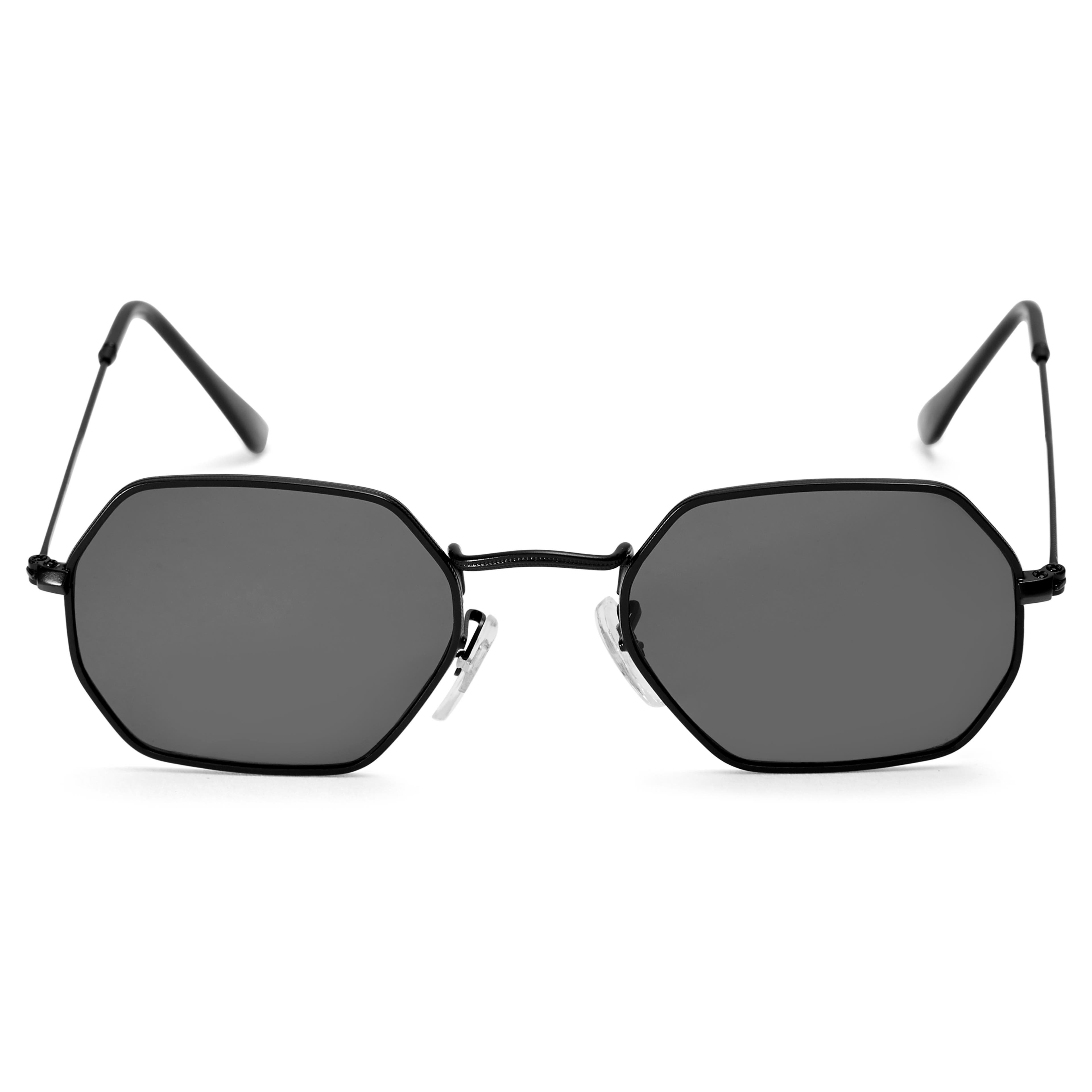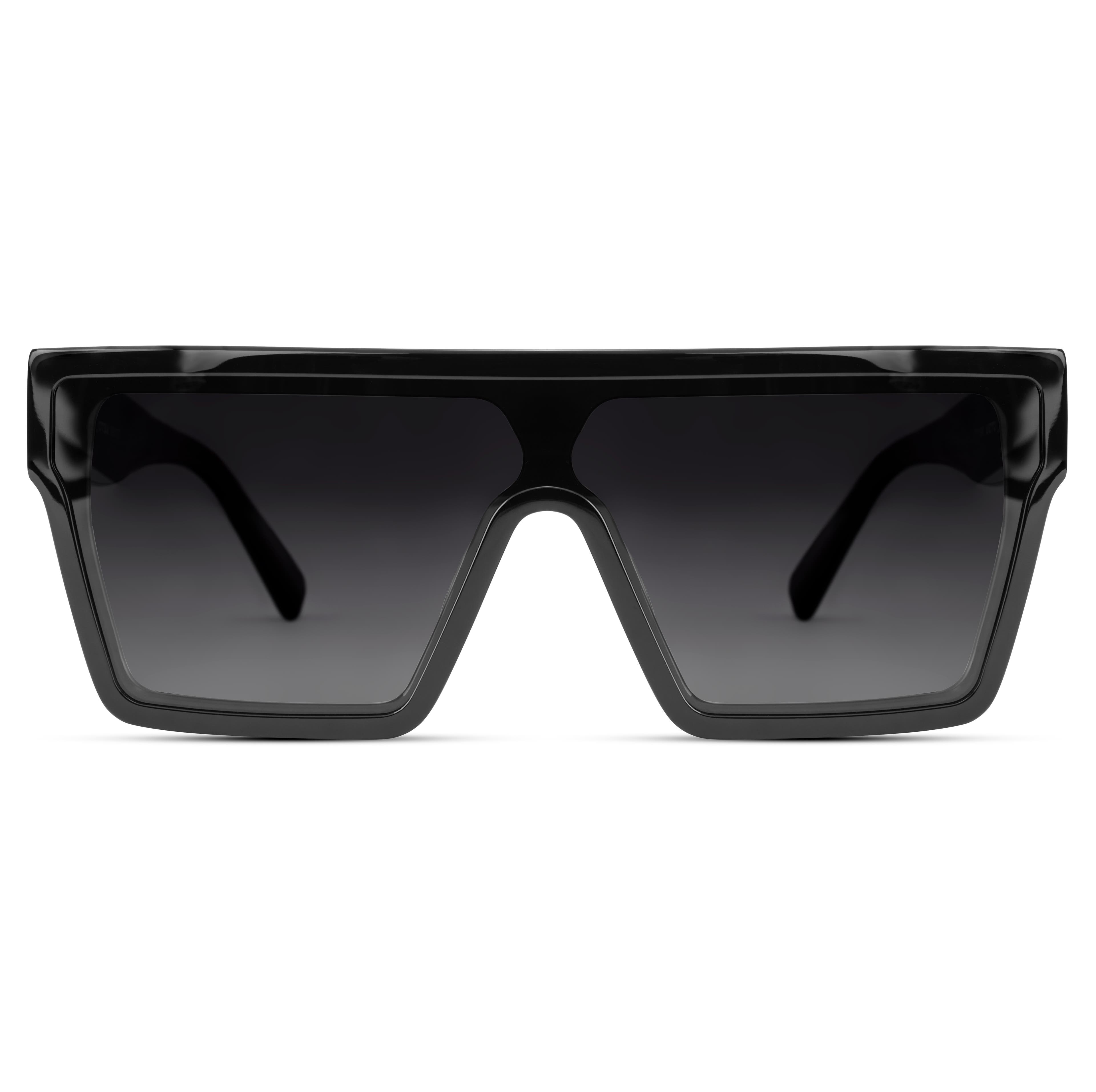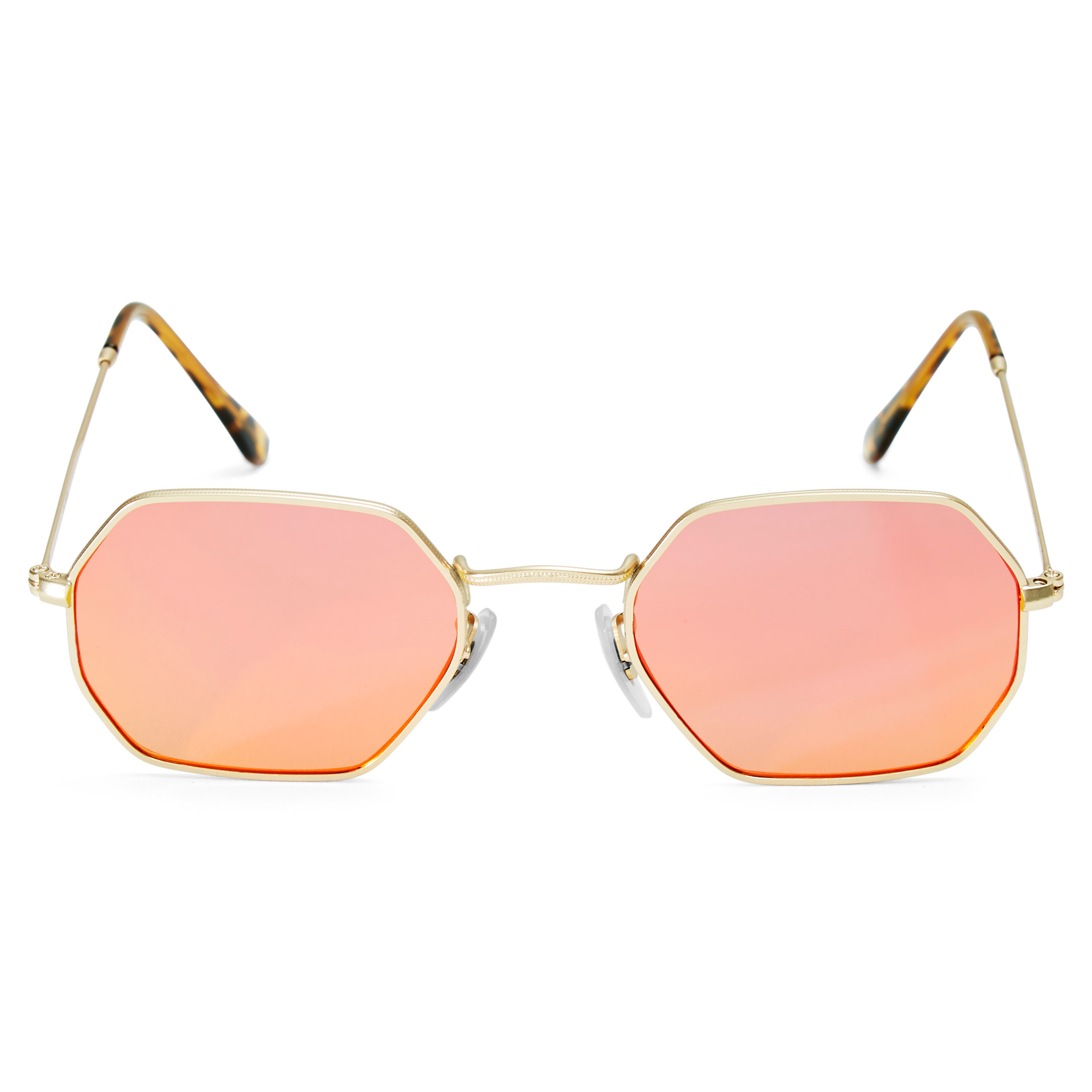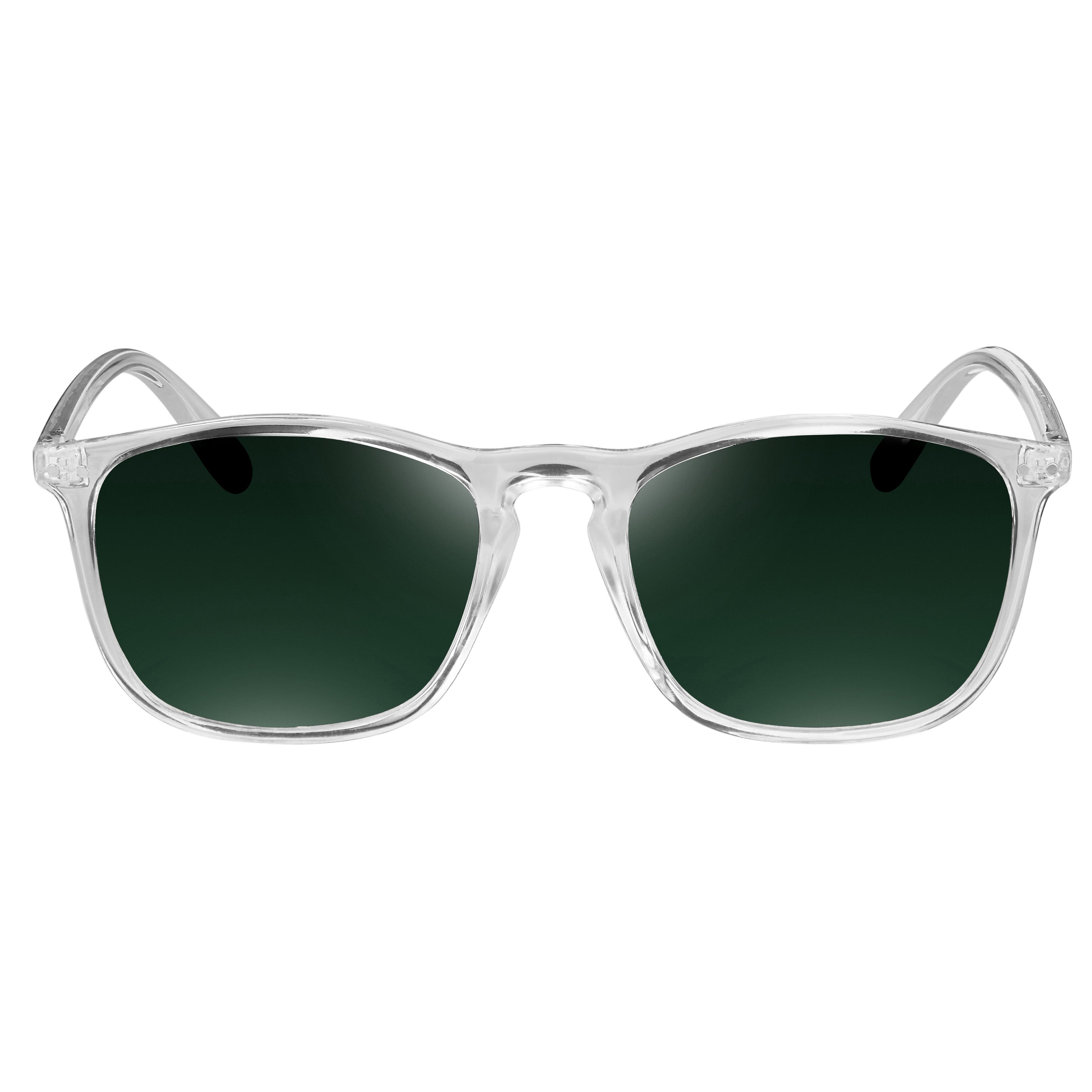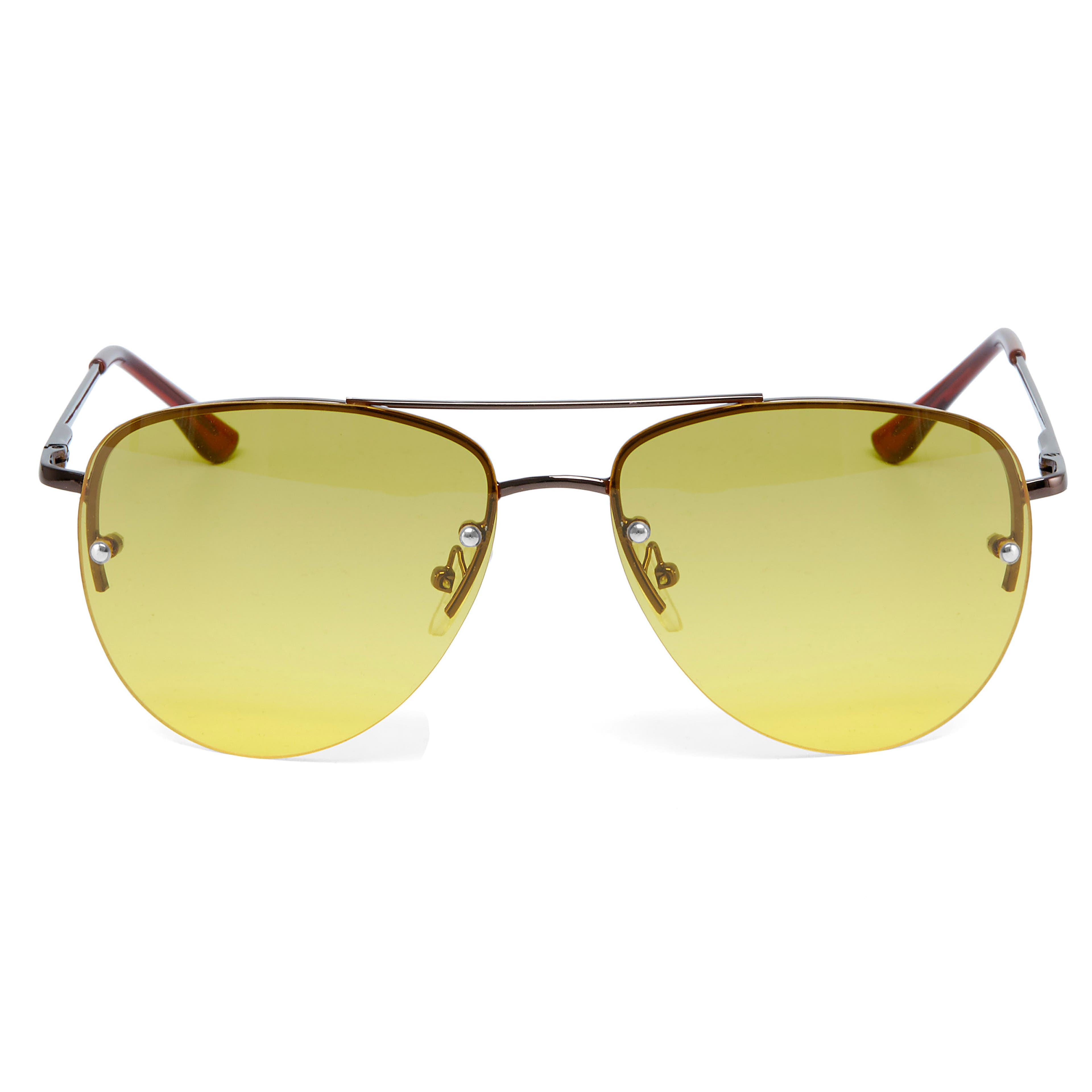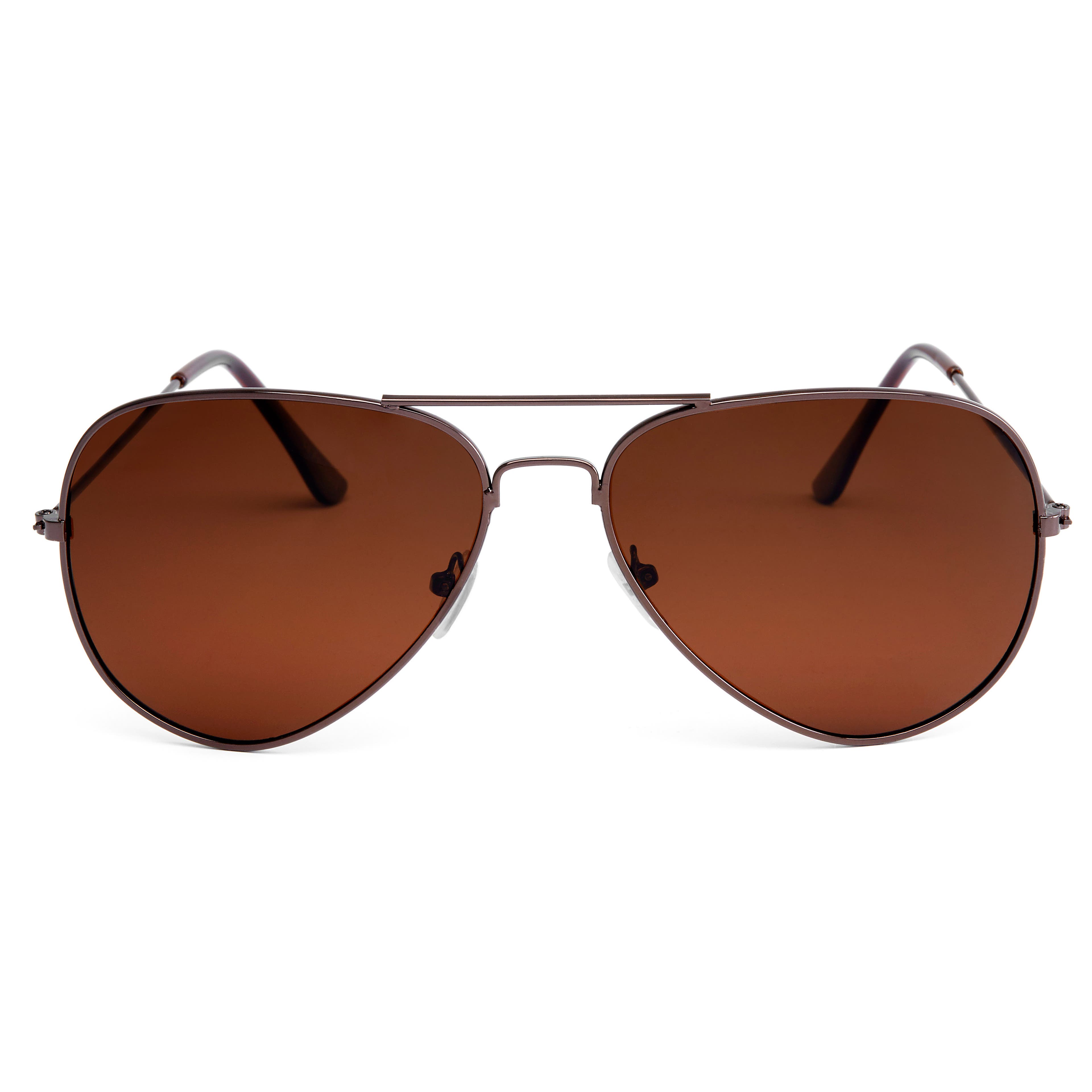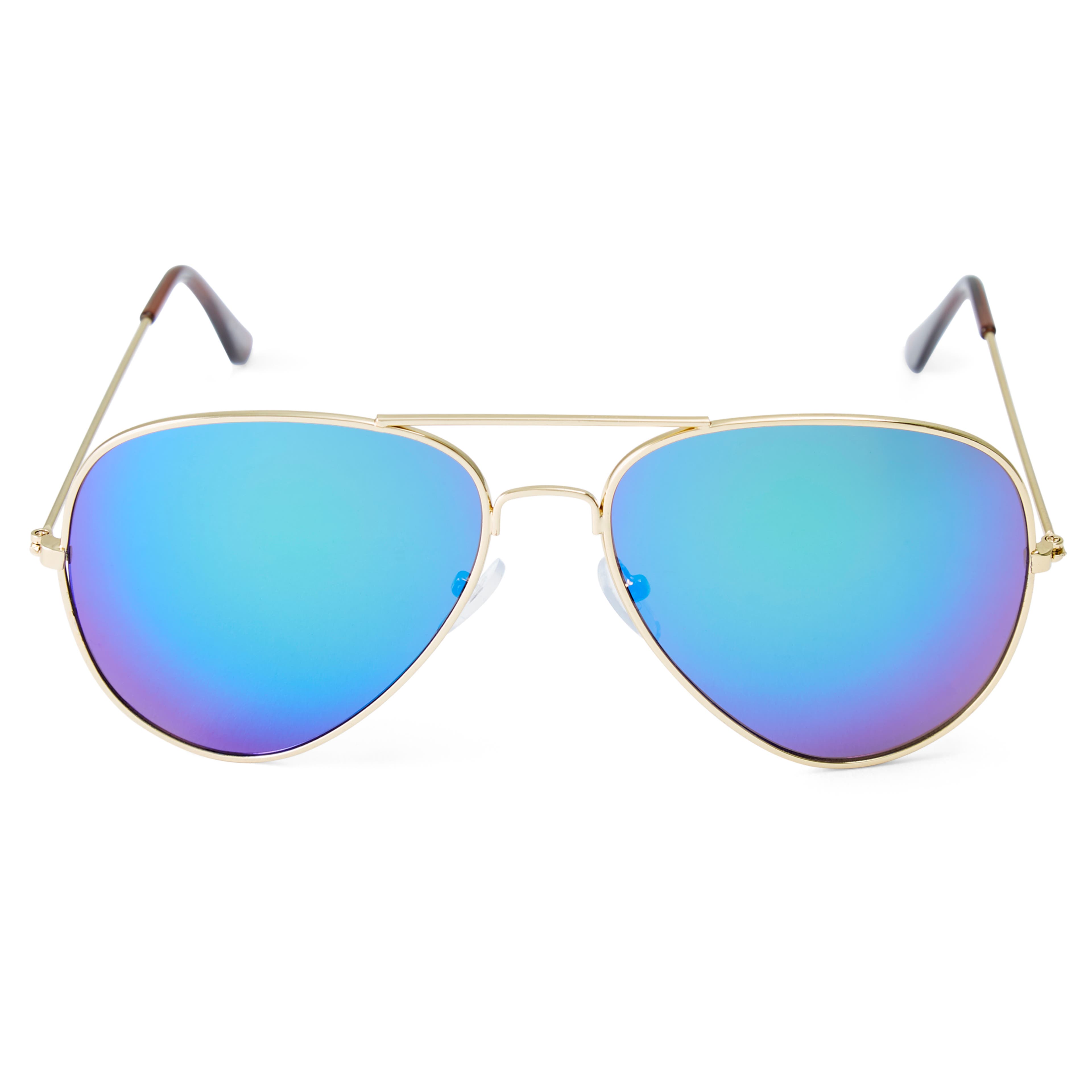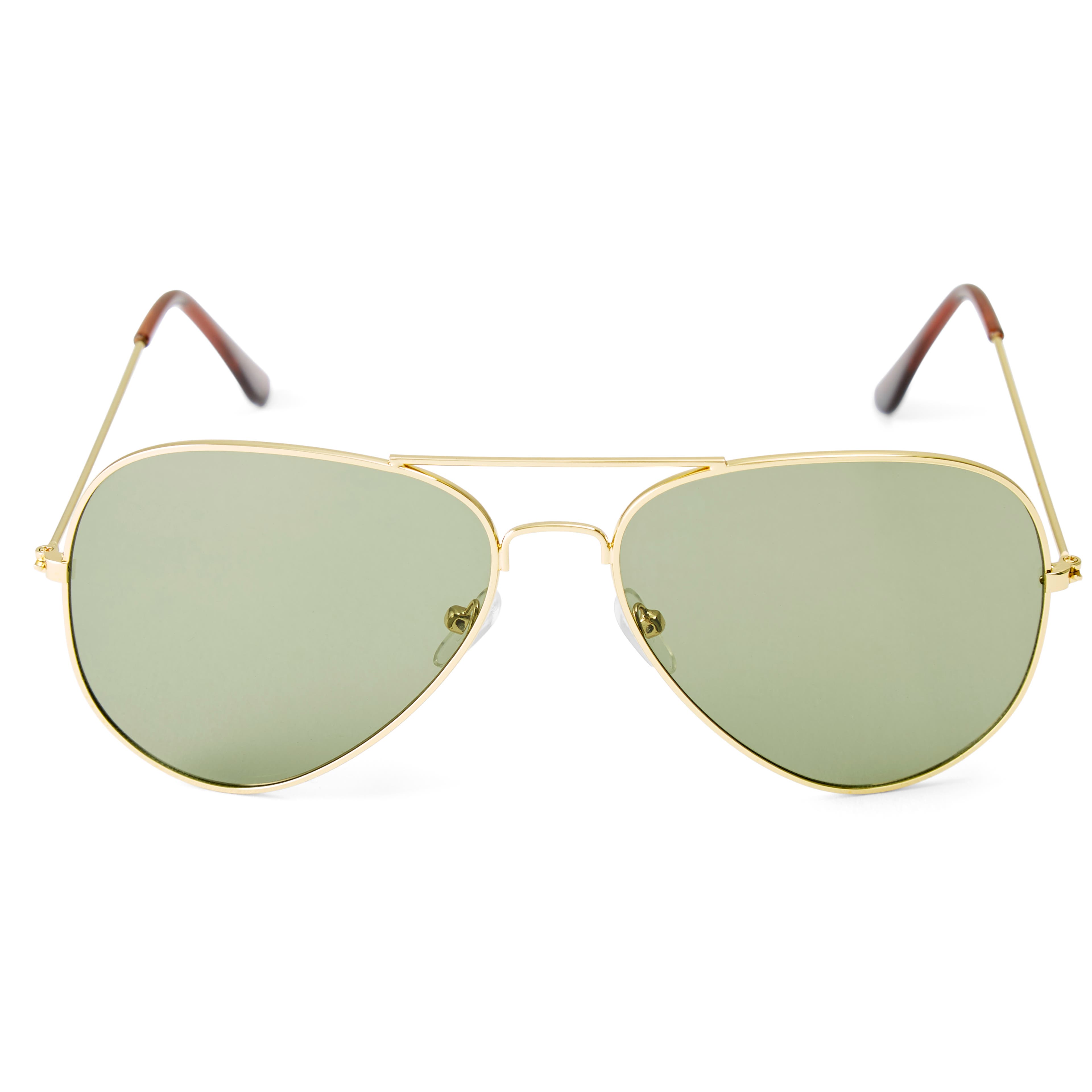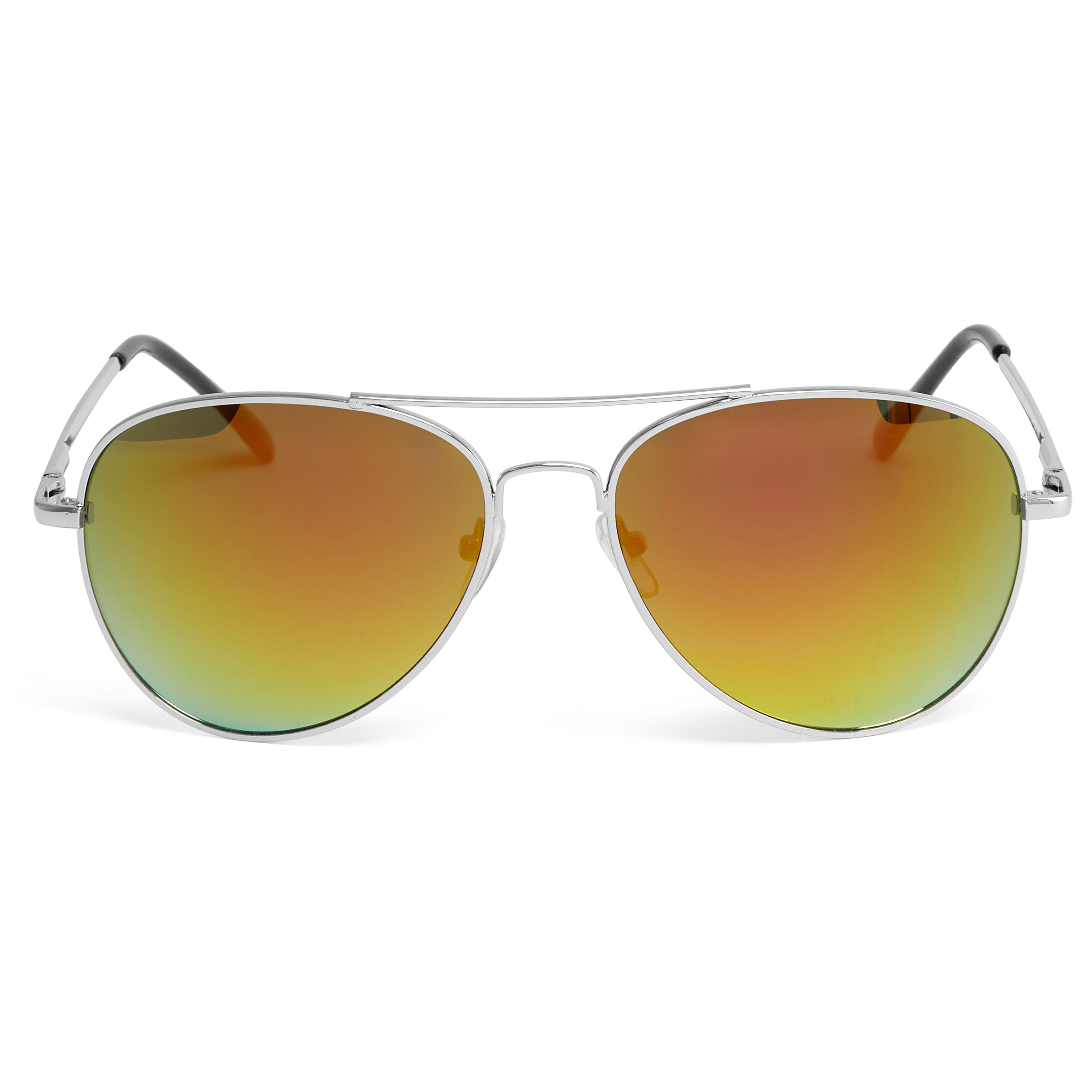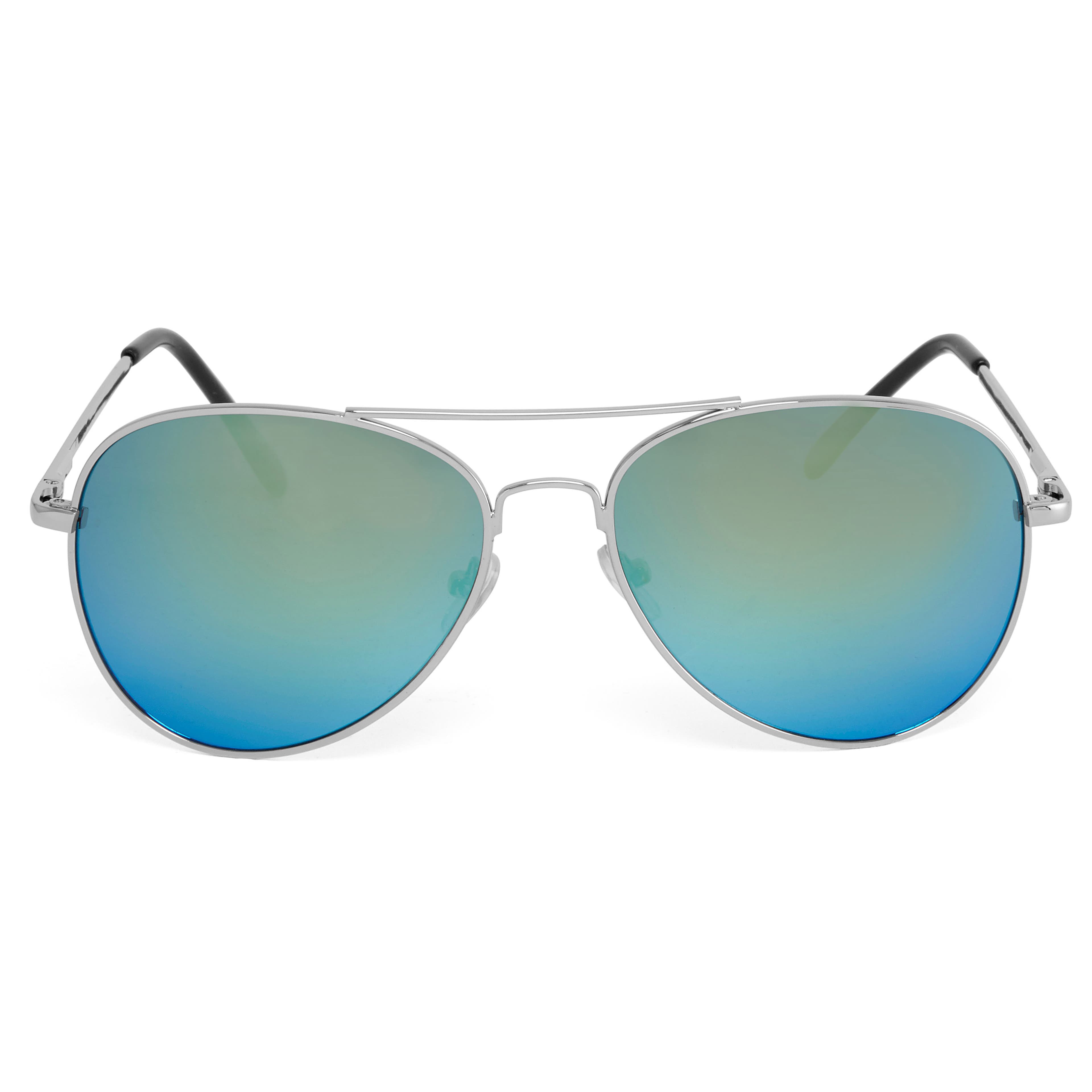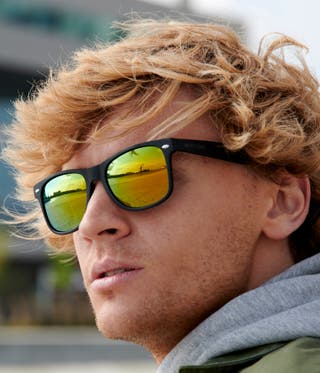Óculos de sol - Proteja os seus olhos do sol
Quer procure uns óculos de sol para ir à praia, dar uma caminhada ou simplesmente para ir para o trabalho, proteger os seus olhos é tão importante quanto proteger a sua pele dos raios solares nocivos.
Quando era criança, passava os seus verões besuntado com protetor com fator de proteção 50+? Uma camada de creme que a sua mãe insistia em aplicar sempre que saía da piscina?
Tal não nos surpreende... pois é o que se deve fazer.
Proteger-se dos raios solares nocivos é a melhor maneira de reduzir o risco de ter cancro de pele e do envelhecimento cutâneo precoce. Mas a proteção ocular é tão importante quanto besuntar-se em creme.
Para além de dar estilo... usar óculos de sol é uma das coisas mais importantes que pode fazer para protegê-los dos raios UV prejudiciais. Comprar óculos de sol online pode não ser uma tarefa fácil. Mas com as dicas certas, conseguirá ver com clareza num instante.
Antes de decidir se irá optar por um modelo aviator, browline ou wayfarer, iremos aprofundar o motivo mais importante pelo qual deve usar óculos de sol - a proteção ocular dos raios solares.
A segurança vem primeiro. A sua mãe ficaria orgulhosa de si.
Óculos de sol com proteção UV
O sol liberta energia de várias formas. Mas são os raios ultravioletas (UVA + UVB) que podem causar-lhe danos oculares.
Com a destruição lenta da camada de ozono (devido ás alterações climáticas), os raios UVA e UVB solares atingem a terra muito mais facilmente. Esses raios afetam a visão e aumentam o risco de padecer de cataratas e de outras doenças oculares como a cegueira, o cancro ocular e a fotoceratite (como um escaldão… mas no seu olho).
Tal como os plásticos e os jornais ficam amarelados quando ficam demasiado de tempo ao sol, a exposição solar prolongada também causa danos na pele sensível que se encontra à volta do olho e no globo ocular.
E pensava que colocar protetor solar no nariz era suficiente.
Porque deve usar óculos de sol com proteção UV?
De acordo com a OMS, o sol de verão é mais intenso das h ás 15h quando 75% da quantidade total de radiação UV atinge a superfície da terra. Junte-lhe a natureza refletora da neve, da água ou da da autoestrada à sua frente e duplicará a radiação.
Proteja os seus olhos com óculos escuros no período das 9h ás 15h.

Lembre-se que os danos solares ocorrem na primavera, no outono e também no inverno. Use óculos de sol que bloqueiam os raios UV e um chapéu com aba sempre que estiver ao sol. Uma maneira simples de se lembrar disso é quando mais a sua sombra for pequena, maior será a sua exposição aos raios solares nocivos.
E não deixe que um dia enublado o enganem. Os raios UV são potentes e conseguem atravessar as nuvens.
Dicas para comprar óculos de sol para homem com proteção UV
Certifique-se que lê sempre a descrição quando compra um par de óculos de sol com proteção UV e escolha um modelo que bloqueia 99% a 100% dos raios UVA e UVB. Saiba que a proteção UV não tem nada a ver com a polarização. Os óculos de sol polarizados serão descritos como tal.
O que significa proteção UV400? Isto significa que as lentes bloqueiam os raios UV inferiores ou iguais a 400 nanómetros. Todos os raios UV (UVA, UVB e UVC) mais curtos ou iguais a 400 nm serão bloqueados pelas lentes.
Considere o UV400 como sendo a proteção completa contra todos os raios UV solares.
Os óculos de sol que protegem contra 100% os raios UVA/UVB são melhores do que os óculos de sol UV400? Não, a proteção é completa tanto num caso como no outro. Ambos bloqueiam os raios UVA e, os mais perigosos os UVB, e garantem a proteção que os seus olhos precisam.
Os raios UV raios atingem os seus olhos por todos os lados... e não apenas pela frente. Tenha isto em consideração quando está na dúvida entre comprar óculos de sol mais envolventes ou pequenos óculos de sol redondos.
Apesar daquilo que algumas publicidades enganadoras possam dizer, as seguintes características não desempenham nenhum papel na proteção contra os raios UV:
- Preço – Até os óculos mais baratos podem proteger contra 100% dos raios UV nocivos.
- Cor das lentes – As lentes dos óculos de sol são tratadas com produtos químicos que absorvem os raios UV e bloqueiam esses raios nocivos. Uma vez que esses produtos químicos são incolores,
os óculos de sol com lentes transparentes podem bloquear os raios UV tão bem quanto as lentes escuras. - Polarização – Os óculos de sol polarizados foram concebidos para atenuar o encadeamento e os reflexos da luz e não para bloquear os raios UV. Felizmente que a maioria dos óculos de sol disponibilizados na Trendhim têm lentes polarizadas para além de oferecer proteção integral contra os raios UV.
Óculos de sol polarizados
Nós, dinamarqueses, aguardamos pacientemente pelo verão o ano inteiro, quando podemos finalmente aproveitar alguns (poucos) dias solarengos e quentes... e passamos esses dias a semicerrar os olhos porque esquecemo-nos constantemente o quanto o sol pode cegar-nos.
Por muito que as lentes polarizadas o impeçam de semicerrar os olhos, não o irão proteger dos raios UV. A proteção contra o encadeamento e a proteção contra os raios UV são duas coisas completamente diferentes. Leia a descrição do artigo e certifique-se que o seu próximo par de óculos de sol inclui ambas.
O que são óculos de sol polarizados
Os óculos de sol polarizados têm, como bem adivinhou, lentes polarizadas. Estas oferecem um grau de proteção adicional para os seus olhos impedindo o encadeamento causado pelo reflexo da luz na horizontal.
Os óculos de sol polarizados são particularmente úteis quando está no exterior, perto da água ou da neve num dia solarengo.
Como funcionam os óculos de sol polarizados?
Não percebemos muito de física, mas sabemos que, geralmente, a luz dispersa-se sob ângulos diferentes quando faz ricochete na superfície de um objeto. Isto acontece quando os objetos têm uma superfície irregular.
Se a superfície for regular - como a estrada á sua frente, a praia num dia bom ou o vidro de um parabrisas - então a luz é refletida sob apenas um ângulo... diretamente para os seus olhos.
E é isto que provoca o encadeamento. Acabou a aula.
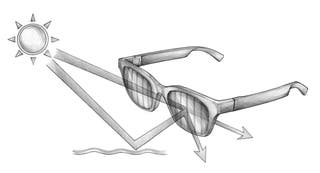
Polarised sunglasses have lenses with a special chemical applied that filters light by creating vertical openings. This means that only light rays that come to your eyes vertically can fit through.
Think of this chemical and its molecules like the slats on a Venetian blind. The slats on the blind only allow light that passes through the ‘slats’ to be seen. The other light gets blocked.
Polarised lenses do the same thing...but vertically. Vertical light reaches your eye, while horizontal light waves – glare – gets blocked. As a result, what you see with polarised sunglasses is a bit darker than usual, but details will be easier to see and look crisper.
When should you wear polarised sunglasses?
Just as the risks of sun-related eye damage are greater at certain times, so are the risks of glare.
Water, snow and cars can reflect light into your eyes and, since reflected UV can damage the skin and eyes as much as direct UV, be like a double dose of harmful rays. The European Code Against Cancer warns that snow reflects up to 85% of UV and water between 5-10%.
You may have difficulty seeing images on LCD (liquid crystal display) screens like your smartphone, car dashboard or ATM. Not a big problem unless you’re flying a plane and want to see the monitors clearly. On behalf of all passengers, take off the shades.
How to choose the best polarised sunglasses
Just like shopping for sunglasses with UV protection, it’s important to read the description.
- Go For 100 – The single most important thing to look for when buying polarised sunglasses is if they also block 100% of UV rays.
- Think Big – If you’re truly going for safety, consider wrap around sunglasses to reduce UV entering the sides.
- Ignore Colour – Dark lenses or ones with a mirror coating may look stylish, but that alone won’t reduce glare or save your sight.
- Forget About the Price Tag – Men’s sunglasses don't have to cost a fortune to do their job. Choose the pair with 100% UV protection and polarised lenses… not the price tag.
Men’s Sunglasses & Style
In case it’s not crystal clear yet… the best men’s sunglasses are the ones with total protection from the sun’s harmful UV rays and reduce glare with polarised lenses.
Now that you know what to look for, the question turns to what style of sunglasses look the best on you.
Sunglasses & Face Shape
Shopping for sunglasses online isn’t as easy as walking to the high street and trying on a zillion pairs.
We asked professional MUA and stylist, Cianne Denize for her tips on choosing the right pair of sunglasses for the 4 main categories of face shape – square, oval, round and heart – without needing to try them on.
Oval Face Shape
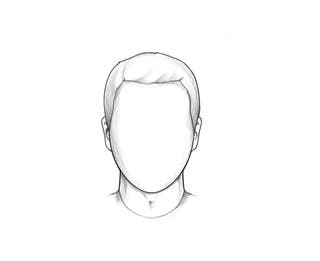
What is an oval face shape? “An oval face is one where the length is longer than the width of the cheekbones. This guy also has a wider forehead compared to his jawline.”
Sunglasses for an Oval Face Shape “It’s a well-balanced face shape and looks good with most styles of sunglasses.
The best pair should highlight the strong points of your face and downplay the weaker ones. This means that guys with an oval face should add angles to the soft curves.
Shop for sunglasses that are geometric, rectangular or slightly square like aviator sunglasses.”
Square Face Shape
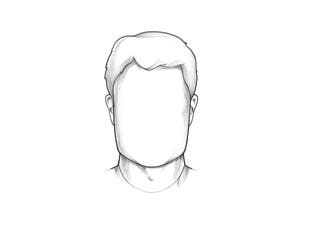
What is a square face shape? “The square face shape is characterised by a strong jawline and defined cheekbones.”
Sunglasses for a Square Face Shape “When shopping for sunglasses for a square face, choose round rims to soften your bold features. Shop for teardrop-shaped or round lenses.
Sunglasses with thinner frames, like ones made from metal, make the face appear softer without losing the masculinity that the square face shape gives off.
Avoid square or rectangular shapes because they make your head look short by highlighting the angles of your face. And nobody wants a short head.”
Round Face Shape
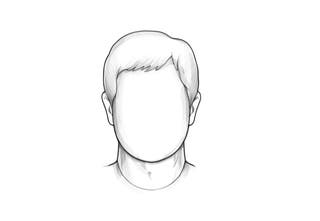
What is a round face shape? “Men with a round face have a lot in common with the oval. It's characterised by soft features and a slightly curved jawline and browline.
The cheekbones are usually larger and the small forehead is almost symmetrical to the jawline.”
Sunglasses For A Round Face Shape “Go for angles! The key to sunglasses for men with round faces is to make the face look longer.
If you have a round face shape, rectangular and square frames break up the softness, slim the cheeks and help your face appear thinner and longer.
Angular and geometric sunglasses add sharper lines to create balance between the round curves of your face and the clean lines of the frames. For men, wearing thicker frames also adds width.
Men’s sunglasses with gradient lenses add another level of elongation.
Avoid round sunglasses or any pair that highlights the roundness and curves of the face.”
Heart Face Shape
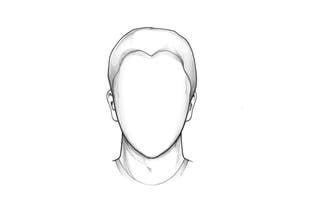
What is a heart face shape? “Men with heart-shaped faces have wide foreheads and brows compared to their cheekbones and pointed chins.
Some stylists consider this to be the most versatile of all face shapes, but I think the oval face shape is just as easy to find sunglasses for.”
Sunglasses For A Heart Face Shape “Men blessed with a heart-shaped face look best in medium-sized sunglasses that balance out the small chin and large forehead and brow.
Aviator sunglasses look great and have a broader bottom half that balances out the width of the chin.
I suggest avoiding darker colours because they cut up the line of the face. Instead, go for rimless or light-coloured frames. If you don’t like rimless, choose a thin metal frame.
And don’t buy round sunglasses because they draw attention to the forehead and make it appear larger.”
What if your face isn’t perfect?
What happens when your face shape includes a feature that you’re self-conscious about?
We asked Cianne Denize for style tips she’s used on everything from Netflix series to magazine editorials.
- Large Nose – “For men with a big nose, wear browline sunglasses. This draws attention toward your eyes and ears and away from your nose.”
- Large Forehead – “If you’re worried about your forehead getting all the attention, go for a pair of aviator sunglasses. This style looks good on most face shapes and distracts from a big forehead.”
- Narrow Eyes – “If your eyes are close together, wear a pair of sunglasses with clear frames. Avoid anything too wide or you’ll end up looking cross-eyed.”
- Small Face – “When you want to make your face appear longer, grab a pair of rimless sunglasses or ones with a high nose bridge. These draw attention to the edge of your face in all directions.”
What Sunglass Lens Colour is Best?
While the tint and colour of a pair of sunglass lenses aren’t as important as UV protection or polarisation, the colour you choose will affect how much visible light reaches your eye and how well you see other colours.
Dark colours – grey and brown – are great for everyday activities. The darker the shade, the more it reduces eye strain in bright conditions.
- Grey is a popular colour found on most sunglasses for men and allows the eye to see colour in its purest form.
- Amber and brown lenses may distort colour to a certain degree, but these tints appear to increase contrast against green and blue backgrounds such as grass and sky.
Light colours – yellow, orange and rose – are best suited for moderate to low-level light and are often found in wrap around sunglasses and other sport sunglasses for men.
- Yellow and orange-coloured lenses can increase contrast and make objects appear sharper.
- Rose-coloured lenses, like yellow and orange, provide good depth perception and enhance contrast, making your surroundings appear brighter.
How to Clean Your Sunglasses
How many of us are guilty of breathing on our sunglasses and rubbing with our shirt?
While this may get rid of the smudge you’re after… there’s an increased risk of scratching the lens.
Using a paper towel or a napkin is just as bad. Since both of these are basically wood, they’re highly abrasive and leave your sunglasses dustier than when you started.
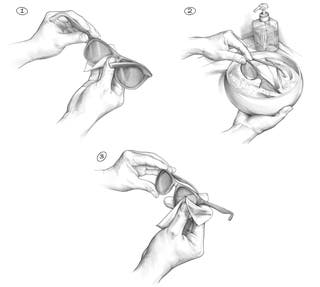
The best way to clean sunglasses...
- Clean the nose pads first. The parts that actually touch your face are probably the dirtiest. These include the nose rests, temples and rims. Wipe these with a non-abrasive microfiber cloth.
- Rinse with water. Run a sink full of warm water and add a couple of drops of mild, moisturiser-free dishwashing liquid. Place the sunglasses in to remove all the dirt, sand and grime. Gently rub your fingers over the lenses for any leftover sun cream or oil.
- Dry. Remove from the water and dry with a clean, lint-free microfiber cloth.
How to Remove Scratches From Sunglasses
Well, this is awkward. Unfortunately, once your shades are scratched, they’re scratched.
With your next pair, follow the cleaning instructions above to reduce the chances of scratches.
You Asked – We Answered
Are cheap sunglasses bad for your eyes? Are expensive sunglasses better?
The most important factor when shopping for men’s sunglasses is whether or not they offer 100% UV protection.
Look at the description. If they offer the protection and polarised lenses you’re after, the high or low price is probably due to the brand, the material or other design features.
Are clip on sunglasses just as good as normal shades?
Clip on sunglasses are great for people with prescription lenses or a favourite pair of blue-light blocking glasses.
As long as your clip on sunglasses provide 100% UV protection and polarisation, you’re set.
Should sunglasses cover your eyebrows?
For men, the top of the frame should follow the line of your eyebrows. Too much eyebrow above your sunglasses gives you a permanently surprised look.
Should I get polarised sunglasses?
If you snow ski, water ski, golf, fish, play outdoor sports, bike or even drive, you should consider getting a pair of polarised sunglasses.
As far as vision is concerned, glare can be both annoying and dangerous. Having a shaft of light stab you in the eye as it reflects off the car in front is dangerous.
Since many sunglasses for men come with polarised lenses, it’s not an issue of choosing UV protection over glare-reduction. And with countless styles to choose from, it’s an even easier decision to make.
Will older sunglasses still protect my eyes?
If you’ve been wearing your favourite pair of sunglasses for years, you may wonder if they’re still able to protect against harmful UV.
Research doesn't provide a clear, direct answer. If you know you bought them with 100% UV protection, the only way to know if they still work is to take them to an optical shop and have them tested.
Or… save the trip and get a new pair just to be safe.
When should you not wear sunglasses?
If the importance of protecting your eyes from harmful ultraviolet light isn’t obvious by now… then you need your eyes checked.
On the other hand, research has found that people exposed to higher levels of light in the morning tend to sleep better than those who don’t. This is because sunlight helps to set the body’s natural internal clock and regulate sleep.
Research suggests that going without sunglasses until around 9:00 in the morning is a good idea… unless you’re staring at the sun or working/playing in extremely bright conditions with high levels of glare.
